Cross-Selling Defined With 5 Smart Strategies & Examples To Boost Ecommerce Revenue
| By Justina Bakutyte | 0 Comments
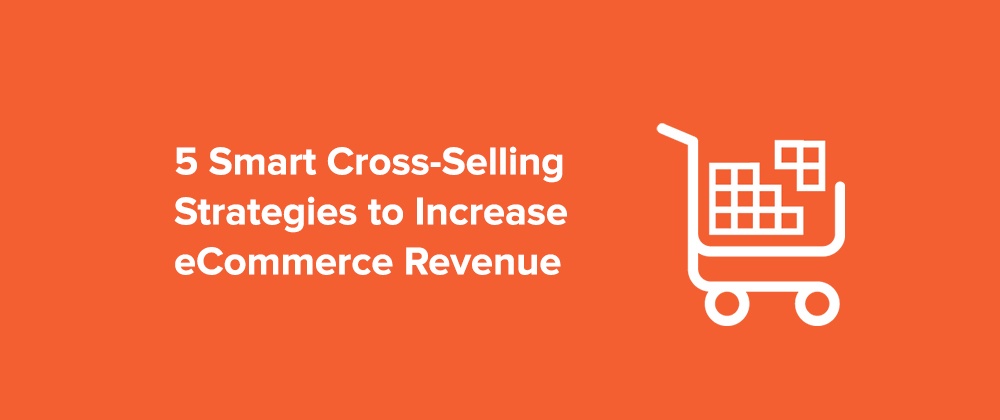
Five effective ways to both delight customers and increase average order value using smart cross-selling strategies.
In this article, we’ll cover the following on cross-selling:
1. How cross-selling works
2. Examples of cross-selling
3. Cross-selling vs Upselling: What’s the difference?
4. Why cross-selling is important
5. Cross-selling case study
6. Cross-selling strategies
6.1. Behavioral segmentation
6.2. Map the customer journey
6.3. Show supplemental products
6.4. Use social
6.5. Use order thresholds
7. Our closing thoughts
When it comes to increasing eCommerce sales, there are many levers you can pull. Some, like promotions and discounting, are effective in the short-run. Whereas others may take more time to implement but are known to bring long-term value and a sizable uplift in revenue.
Flooding your funnel with new customers is one way to go. We’ve explored it in more detail in The New Rules of Customer Acquisition ebook. However, as the old fable goes, it is five times more expensive to acquire new customers than to retain existing ones (yes, it’s still true in 2020!).
Reactivating cart abandoners is another good tactic to increase revenue. According to data from 41 different studies containing statistics on eCommerce shopping cart abandonment, the average documented online shopping cart abandonment rate is 69.57%.
That’s 7 out of 10 potential purchases going to waste.
However, this time we decided to explore cross-selling, a tried and true strategy to increase average order value (AOV), boost revenue, and even improve customer experience.
But first, let’s take a look at the terminology.
What does cross selling mean?
Cross-selling is a marketing strategy that persuades prospective customers to purchase ancillary products.
What are ancillary products?
An ancillary product is a complementary add-on product that is acquired when purchasing the original product. Ancillary products are very popular with health care and insurance providers, but they have been largely adopted by online retailers as well.
Now that’s out of the way, let’s get dig into cross selling and how it all works….
How does cross-selling work?
We’re sure that you have seen many cross-selling examples on the web, even if you didn’t recognize them as such. Marketplaces like Amazon utilize cross-selling very effectively by recommending related products based on your search.
To better understand how cross-selling and ancillary products work, let’s take a look at a couple of examples of cross-selling strategies from different industries.

Examples Of Cross-selling Strategies
Examples Of Cross-Selling Strategies
Cross selling happens every day, and you may not even realize you have been enticed by it.
Examples of cross selling include:
- Fast food restaurants asking: “Do you want fries with that?”
- eCommerce websites showing “customers also bought”
- A mobile phone retailer suggesting a customer buys a new case for their new phone
- An electronics retailer suggesting gadget insurance with a new laptop purchase
Cross selling is everywhere in the world of retail and eCommerce. Let’s look at some examples in more detail.
Going back to mobile phones, an online telecom shop that cell phones and devices can try and cross-sell phone cases, wireless headphones, etc to those looking to buy a new iPhone.
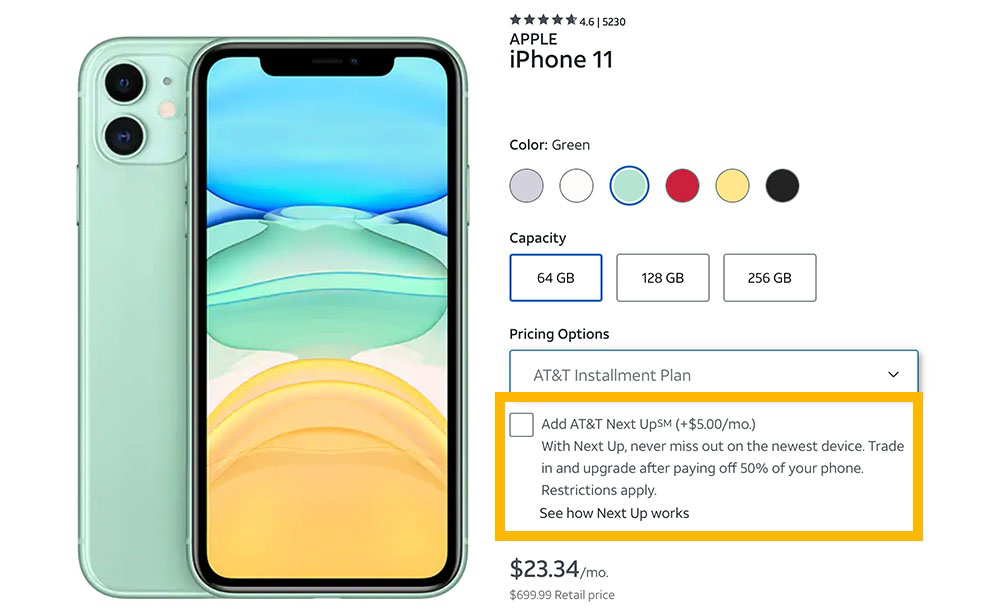
For an online fashion retailer, this could mean selling compatible products that help complete the look. A premium bags and accessories brand Coccinelle offers to buy metal charms if you’re buying a bag, whereas Adidas shows you the complete outfit.
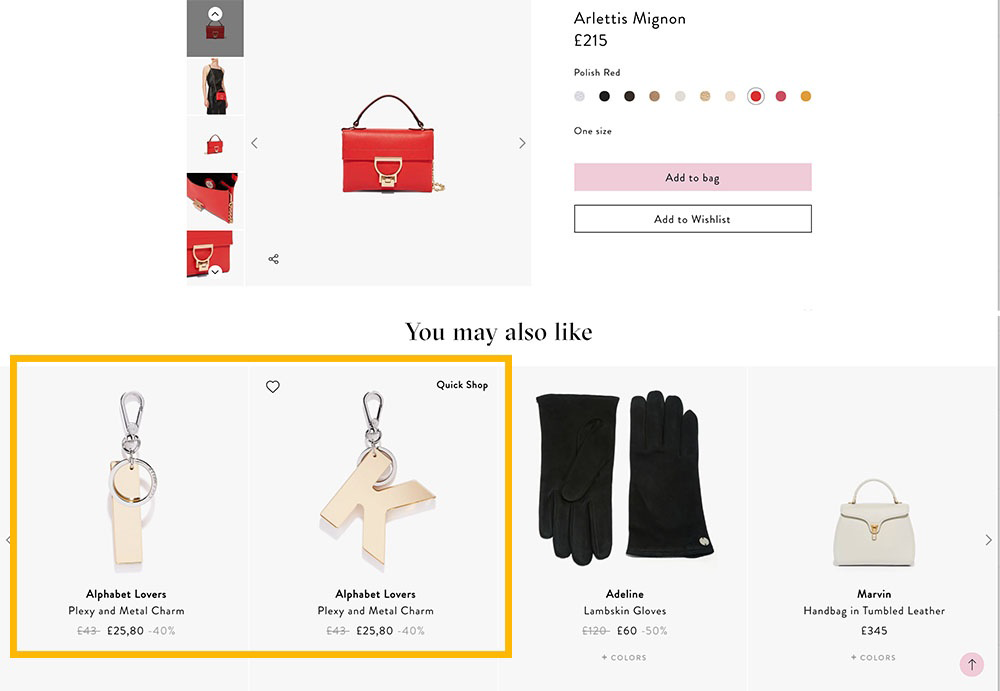
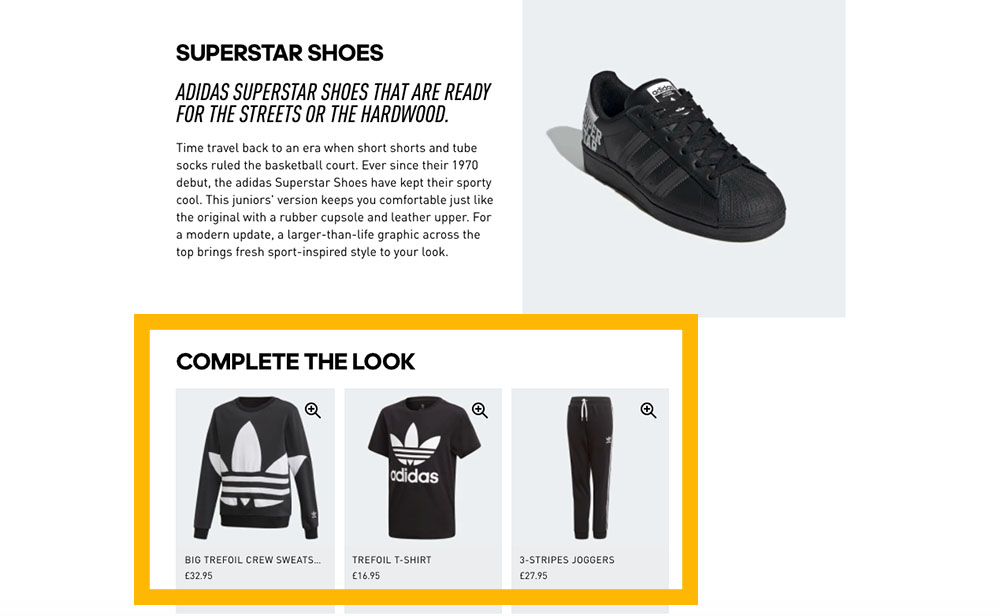
Selling beauty products? Cross-selling applies here too. When browsing for lipstick on beauty retailer’s MAKE website, we see recommendations to buy lip primer as well. Buying a razor on Aesop will prompt you to consider a shaving brush and a shaving serum.
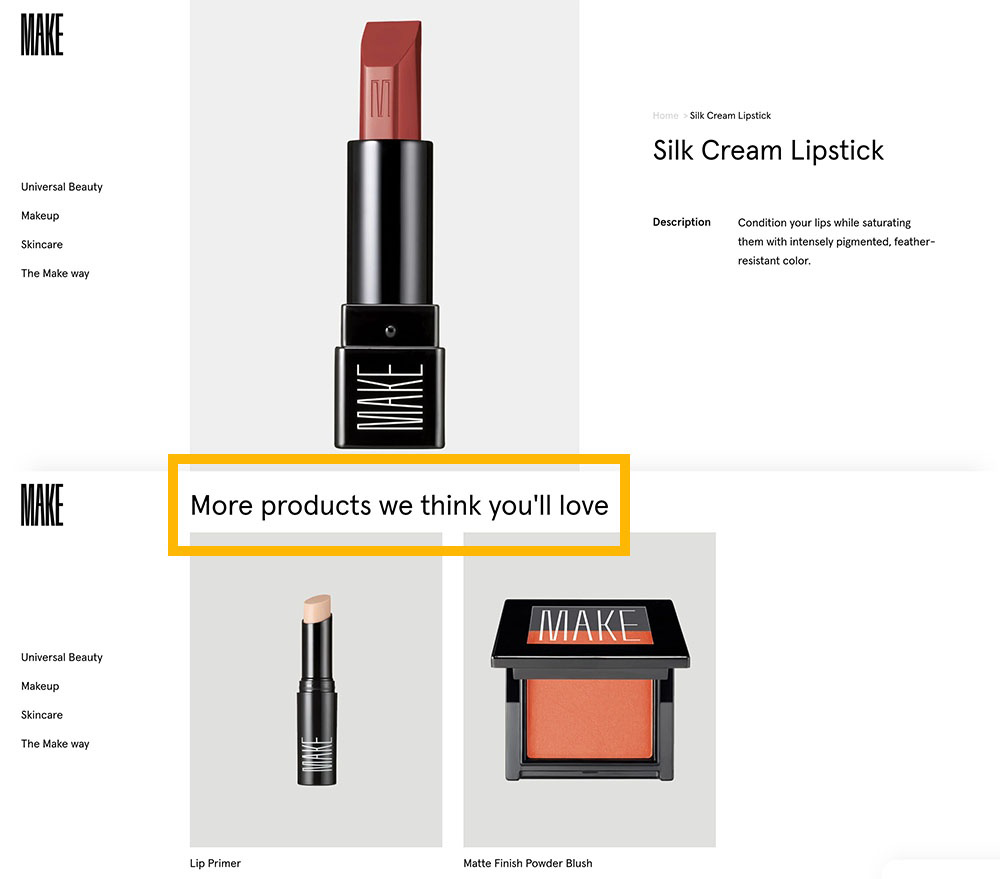
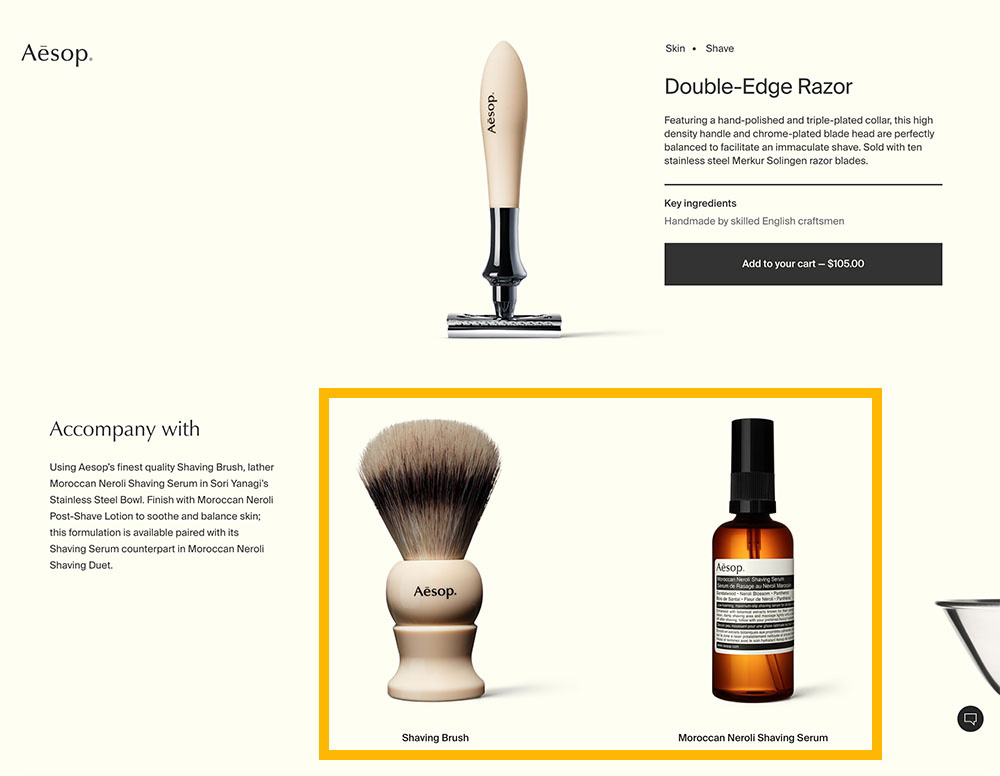
Cross-selling is irreplaceable for brands that sell high-value but low purchase frequency products. A classic example comes from the mattress company Casper. A business that started purely with high-quality mattresses ranging from $395 to $2,995 has expanded to sell bed frames, pillows, and bedding.
Cross-selling functions within financial services as well. For example, in banking, to cross sell means that when you open up a checking account, they will offer you to open a savings account as well.
Cross-selling vs Upselling: What’s the difference?
Before we jump into exploring the best cross-selling strategies, let’s clarify one thing that often comes up as confusing. How is cross-selling different from upselling?
What is upselling? Upselling is a marketing strategy that persuades prospective customers to purchase higher value products or upgrade a product or a service. In other words, whereas cross-selling is often associated with the McDonalds-popularized quote “Do you want fries with that?” upselling means taking your initial order and flipping it for a combo meal.
Take all the aforementioned cross-selling examples. If we were to upsell, we would:
- Offer iPhone 11 Pro instead of an iPhone 11.
- Offer a medium-sized bag instead of its smaller version.
- Offer to purchase in a bundle instead of individual products.
- Offer the premium mattress vs the original.
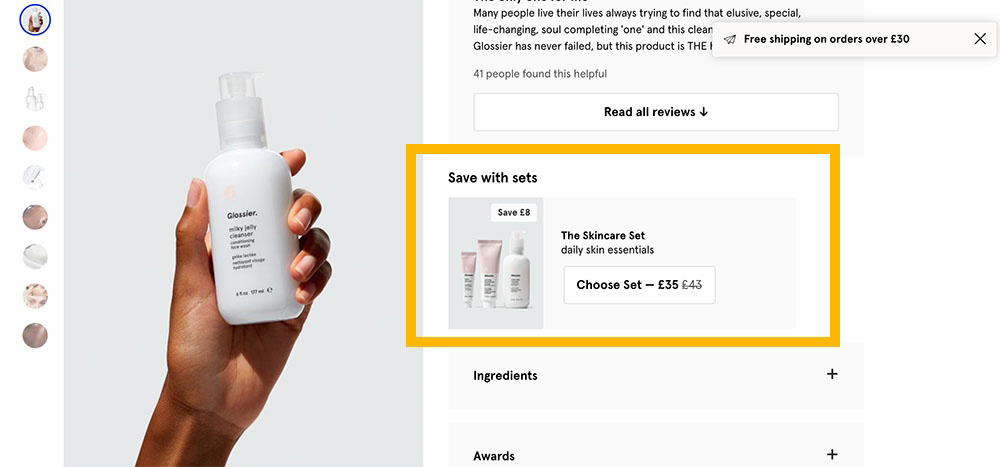
Why is cross-selling important?
Imagine you run a business whose best selling product costs $10 and brings in $10,000 per month. You’ve been tasked with increasing overall revenue so you focus on an expensive optimization campaign aimed at new customer acquisition.
After a lengthy campaign, you managed to secure a lift of 10% in overall sales, or an extra $1000 per month. Not too shabby.
However, a company with the exact same sales record decides instead to focus on a cross-selling campaign. For every $10 item that was added to a cart, they recommended an ancillary product worth $5. The campaign costs next to nothing to implement and is up and running in a fraction of the time of your optimization campaign.
The effectiveness of cross-selling varies, but if we assume this campaign hits a 35% success rate (the same as Amazon) then monthly revenue goes up by $1,750. That’s an extra $750 every month for a fraction of the work and cost and in a far shorter time span.
Cross-selling really is one of the most effective ways to increase overall revenue. However, don’t assume it’s as easy as simply offering more products to your prospects.
Cross-selling Case Study
If you’re looking for more reasons to embark on a clever cross-selling strategy take a look at this case study from one of our clients. Skyn ICELAND.
After analyzing their customer journey we found opportunities to drive more conversions through cross-selling. We targeted visitors purchasing Hydro Cool Firming Eye Gels, utilized Yieldify’s flexible targeting feature to recommended a complementary product.
This resulted in a +23.1% uplift in conversion rate and boosted order value by 14.94%.
You can read the full cross-selling case study here

How to create an effective cross-selling strategy?
Your primary concern with a cross-selling campaign should be ensuring that your offer is relevant. You’re aiming to offer more value to the customer, not to cause hesitation and unnecessary friction.
If a prospect adds an exercise DVD to their cart, you’d have little luck offering them smoking paraphernalia or a double chocolate gateau. Those items may well reduce overall conversions.
Finding cross selling opportunities isn’t exactly easy. Thankfully, there are five effective cross-selling strategies that should also help you zero in on the perfect products to offer.
1. Use behavioral segmentation
In a nutshell, behavioral segmentation lets you create customer cohorts and serve personalized offers based on the behavior they exhibit on your website.
What this means for cross-selling is that you can group your website visitors or existing customers based on the pages they browse and the products they view (their behavior), thus better understanding their goals and challenges. You can then serve your product recommendations in real-time making them relevant right there and then.
2. Map out your customer journeys
Even the most relevant offer can flop if served at the wrong time. Creating a customer journey map helps you identify the best touchpoints for repeat interaction and cross-sell.
Let’s say you’re Nike and you have a customer who’s already bought a pair of cross-training sneakers from you. They’ve also downloaded your Nike Training Club app. A week has passed and they’ve returned to your online shop several times to look at more cross-training products. They’re actively interested, so it’s probably a good time to follow up.
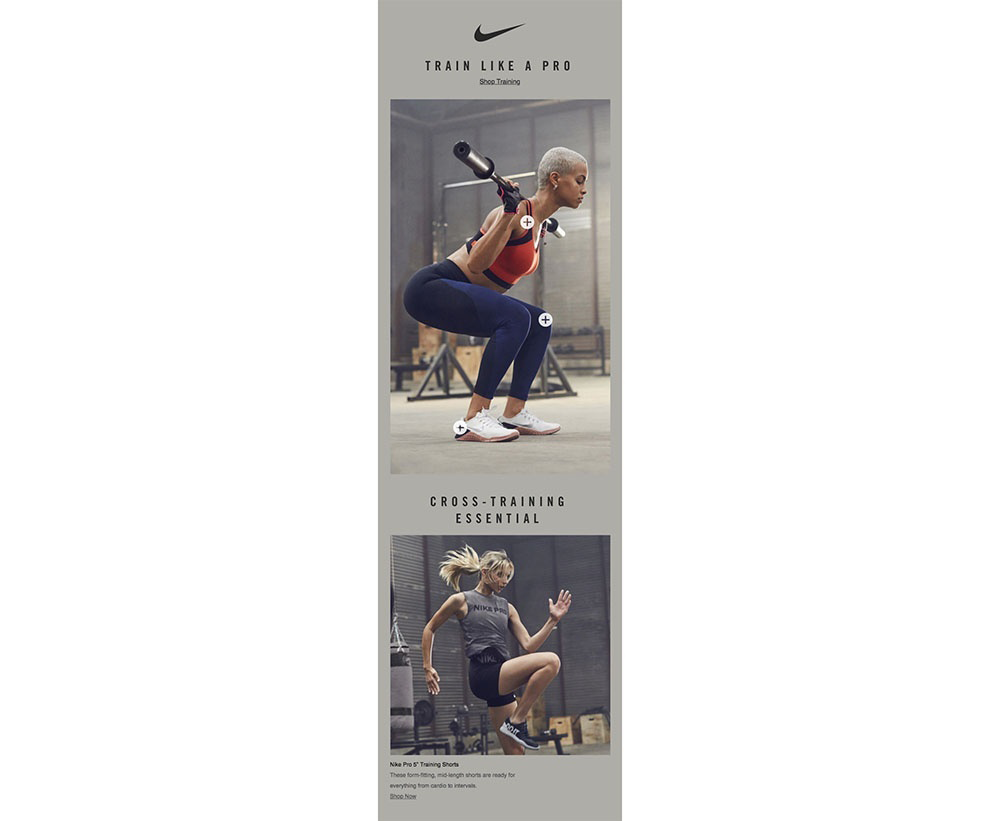
Knowing their past purchases and their activity online tells you what ancillary products to offer and when. This greatly increases the chances of your cross selling efforts working and increasing revenue.
3. Offer supplemental – but not essential – products
In certain industries, the usefulness of products can be greatly enhanced with a few small extras. Take the tech sector as an example. The variety of add-ons and enhancements available make it the ideal industry for cross-selling supplementary products.
For instance, a customer purchasing a TV would likely be happy with nothing but the television itself. However, their enjoyment of the product may be enhanced with a wall mount, HDMI cables or a brand new sound system.
Offering add-ons rather than must-haves is also beneficial to the customer experience. Cross-selling will not work effectively if the client is irritated that they won’t be able to fully use the original product without actually purchasing ancillaries.
4. Take the social approach
The social approach differs a little from every other method of cross-selling. It’s used most notably by Amazon with their “frequently bought together” section on every product page. It’s interesting in that it doesn’t rely on predetermined algorithms, product sets, or “expert” recommendations. It uses the browsing and purchasing behavior of the wider customer base to offer dynamic product couplings.
It’s an incredibly effective method as the product combination suggestions are often not connections you’d traditionally make or recommended by industry pros, yet still work incredibly well together.
5. Order thresholds
This is one of the most popular cross-selling techniques and can be seen at every level of product sales. It’s technically not cross-selling as you’re not actively recommending a supplementary product to your prospects. You are, however, incentivizing them to spend more by notifying them of an order discount threshold such as the below.

Whilst not technically a traditional method of cross-selling, it’s incredibly effective in increasing AOV and overall revenue. It formed the lynchpin of a campaign we ran for M&S France which brought a 13:1 ROI and over 3,000 new leads.
By offering this deal you’re creating a win/win scenario for everyone involved. You as the company are increasing your AOV whilst the customer, despite spending a little more money, is getting incredible bang for their buck. Coupling this with the traditional cross-selling technique of suggesting supplementary products can have a profound effect on your overall AOV and revenue.
What does cross selling result in?
If done right a cross selling initiatives can have a lot of positive results. Remember cross selling isn’t just for new or prospective customers, it can work even better on an existing customer.
- Increased customer lifetime value – If you’re using your customer purchase data effectively you should be able to suggest genuinely useful complementary products. This leads to an increase in customer satisfaction and ultimately lifetime value.
- Increase in customer loyalty – If customers purchase additional products they are becoming more and more invested in your brand, if these products continue to satisfy or exceed their expectations you’ll see an increase in customer loyalty.
- Push specific product lines – If there are specific product lines that are not performing as well as you would like, if you can find a suitable match a cross selling promotion could help increase sales.
- Increase in revenue – All of the above points will ultimately result in an increase in revenue for companies that effectively use cross selling promotions.
Closing thoughts
Whether you decide to take the traditional approach and recommend specific products for your cross-selling campaign or in fact rely on a bundle or offer to sell more products and increase AOV, you need to remember the golden rule of cross-selling:
It’s all about increasing value for the customer by promoting related products.
Stop thinking about what’s going to bring the biggest lift for you as a business and instead look at what provides the most value. You may end up recommending products that bring a smaller AOV increase, but you’ll create a far better campaign that will stand the test of time and continue to bring a good return for months or years to come.
Cross Selling FAQs
Examples of cross-selling include: Showing “you might also like” or “complete the look” product recommendations. At very easy example is the cashier at a fast-food restaurant asking “would you like fries with that?”
Cross-selling simply shows customers related or complementary items that they may find useful. Upselling actively encourages customers to purchase or “upgrade” to a higher-end product than the one they are currently viewing.
Cross-selling is a very important marketing tactic as it can drive considerably incremental revenue by capitalising on customers current purchase intent by showing additional products that the customer will also find useful.

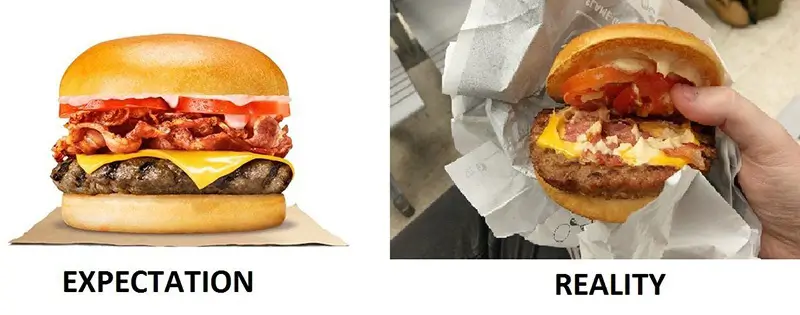
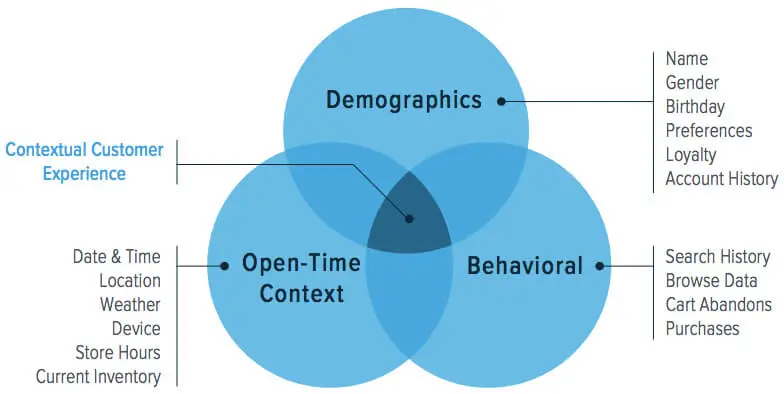
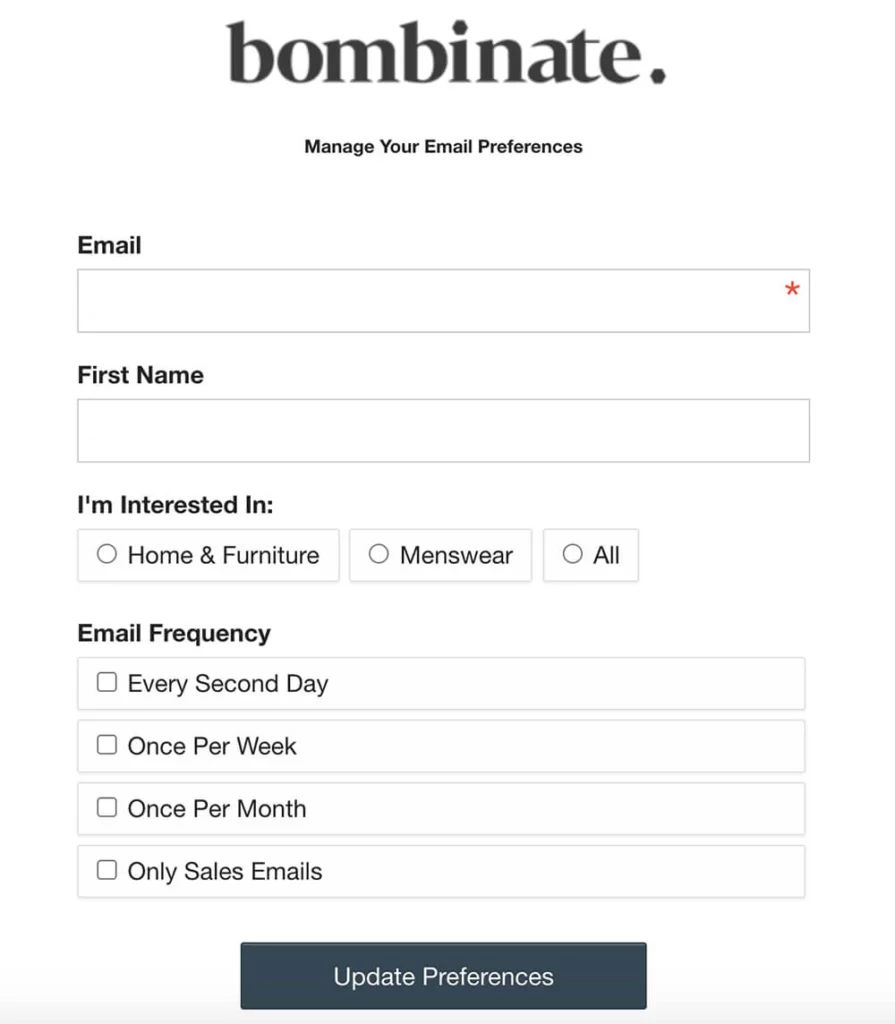
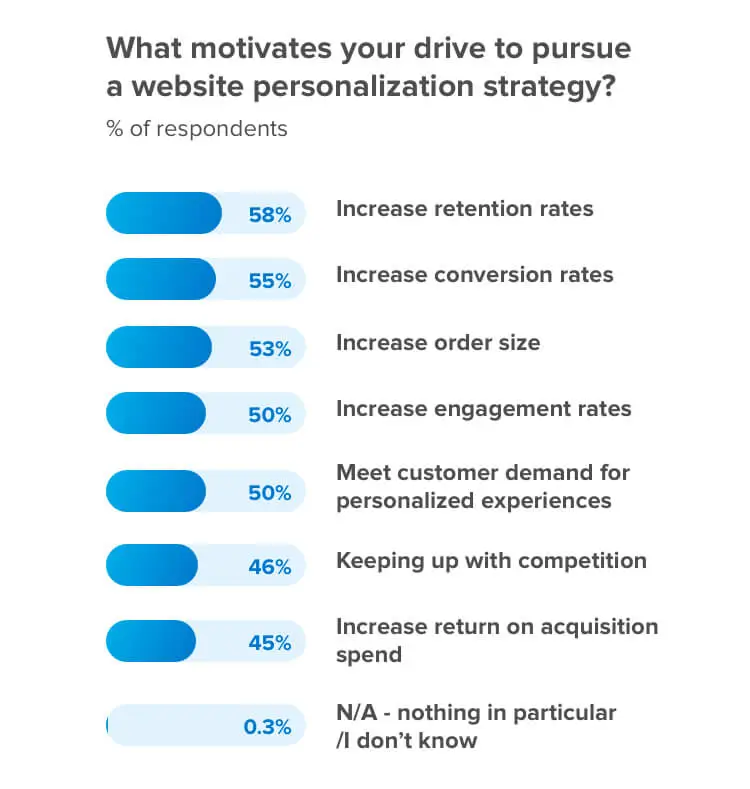
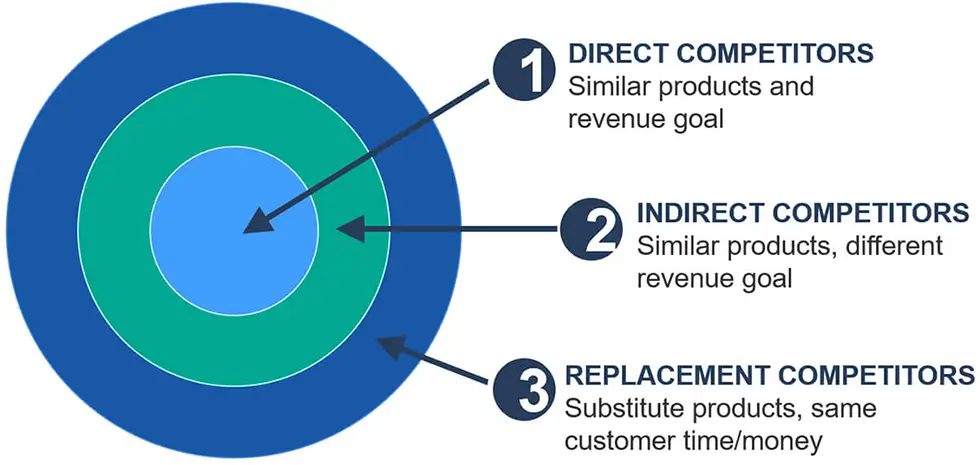
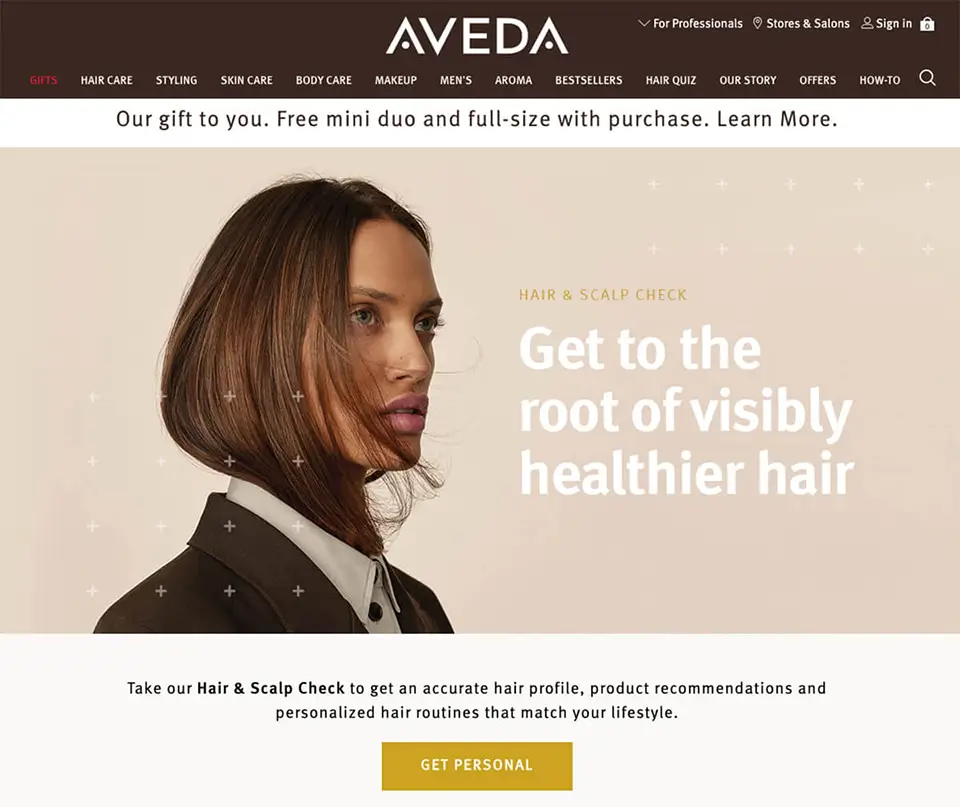
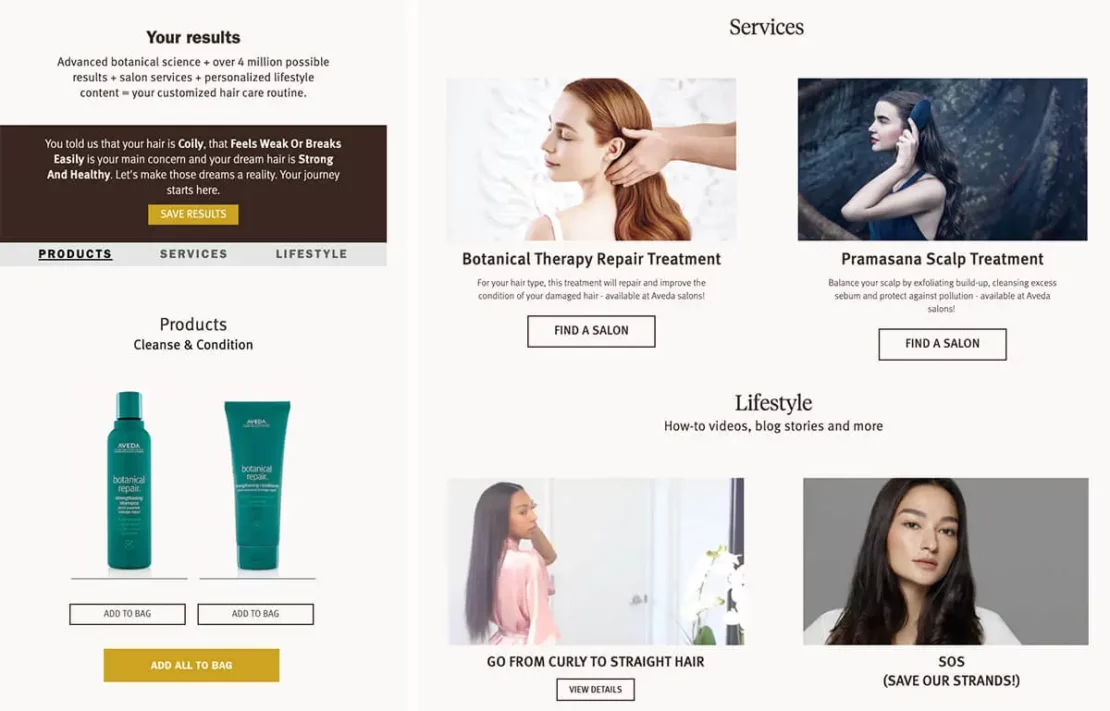
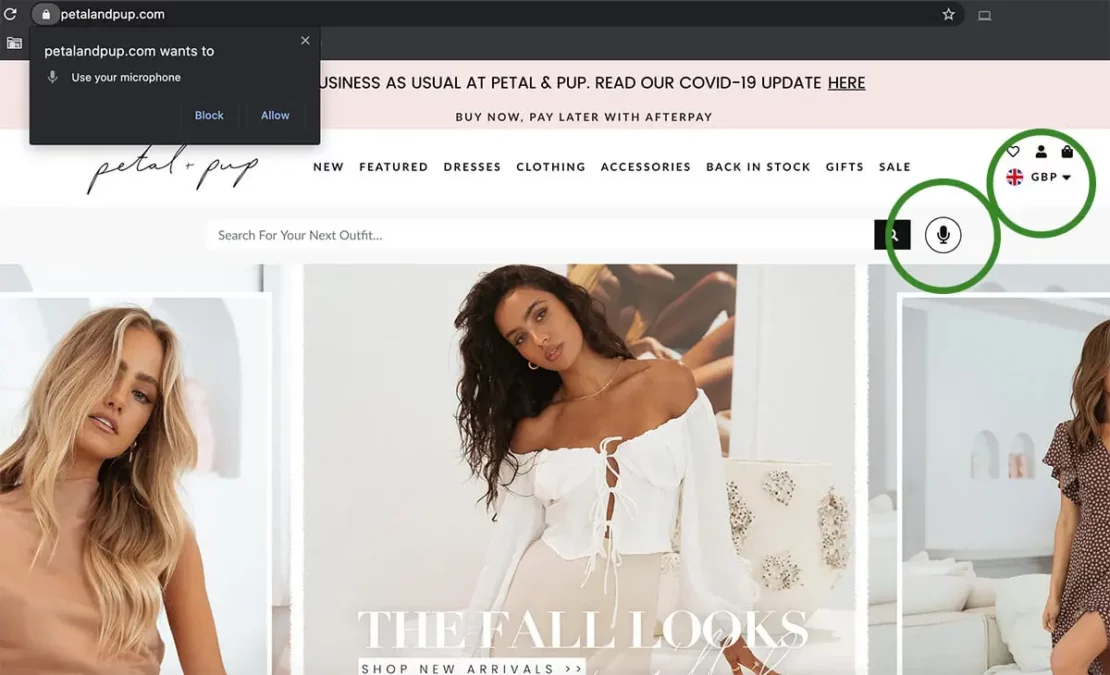
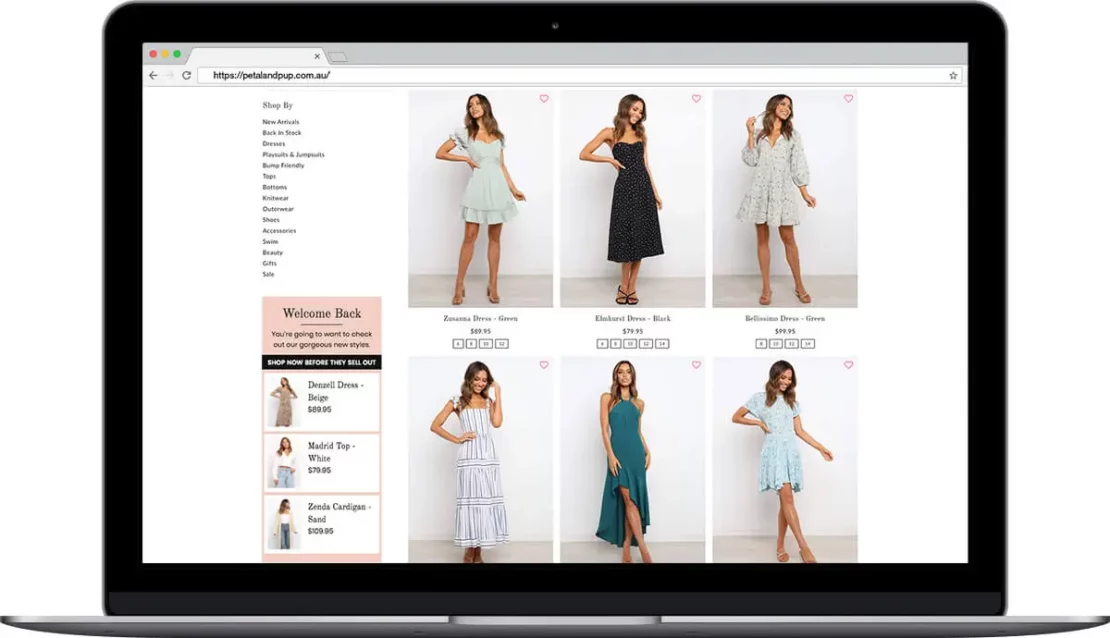
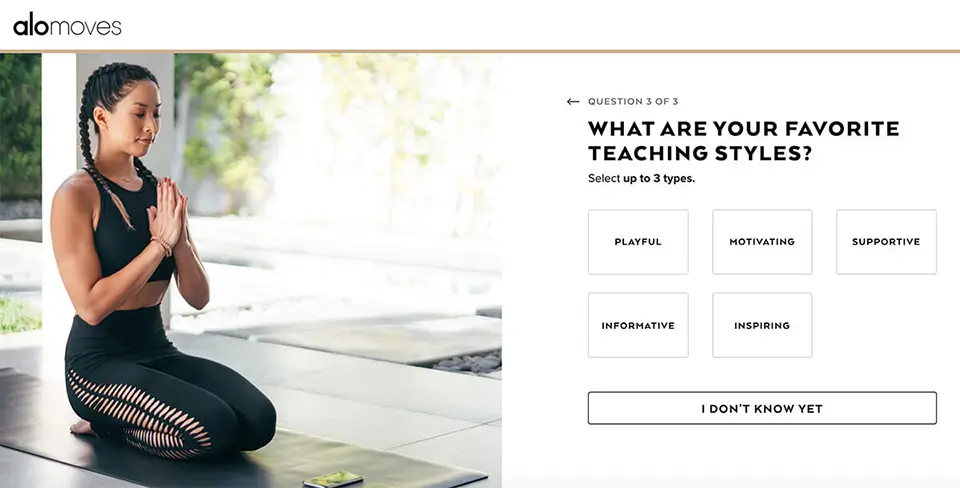
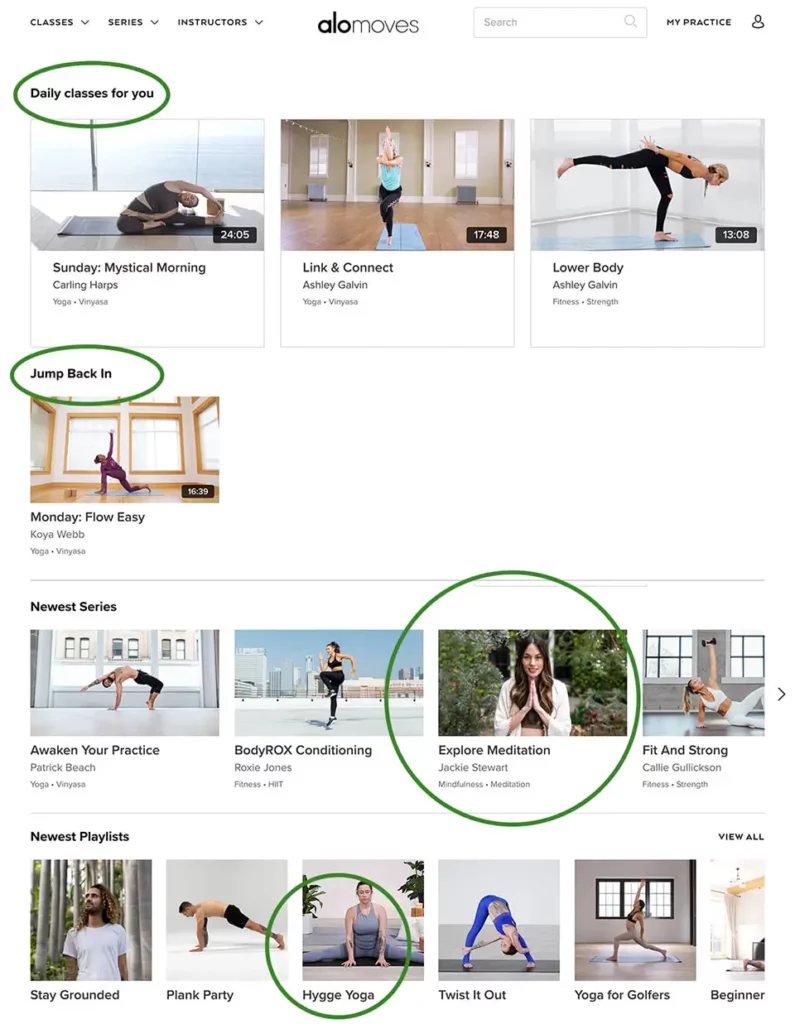
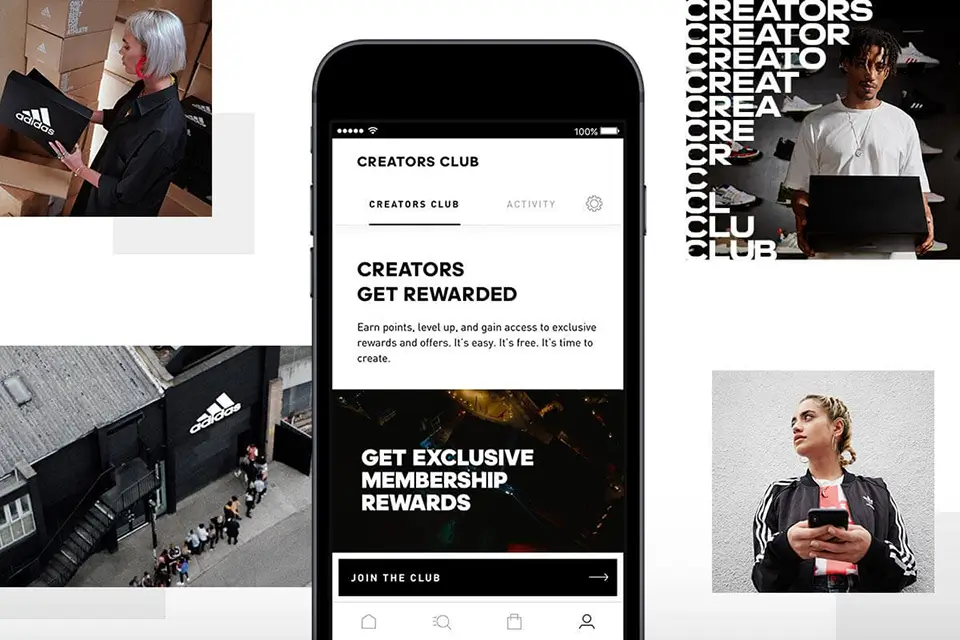
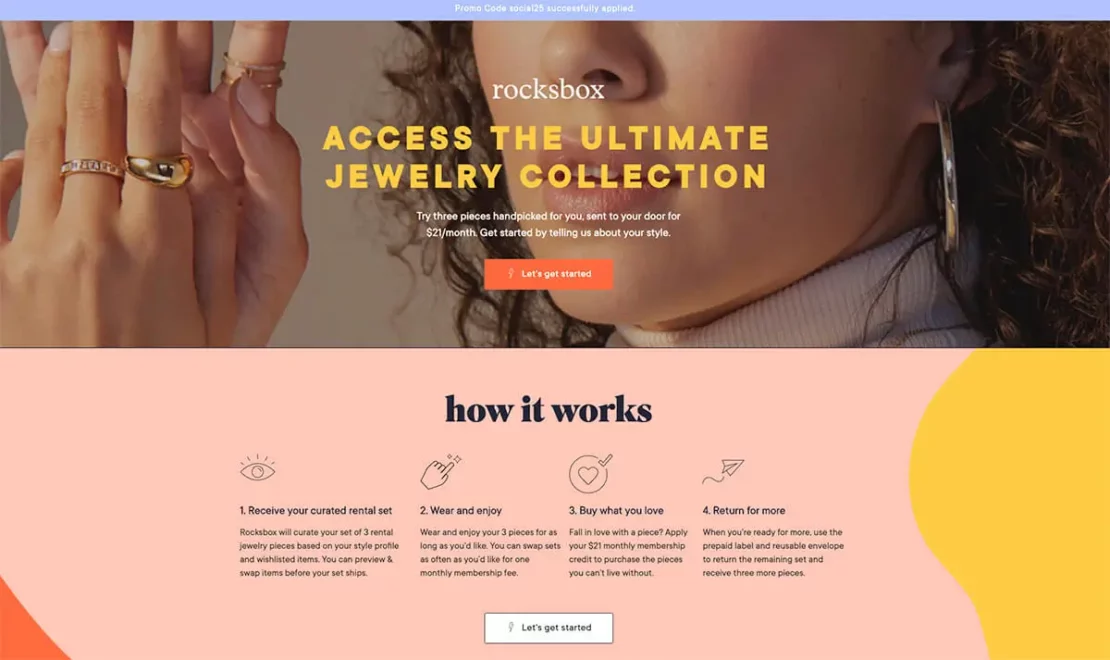
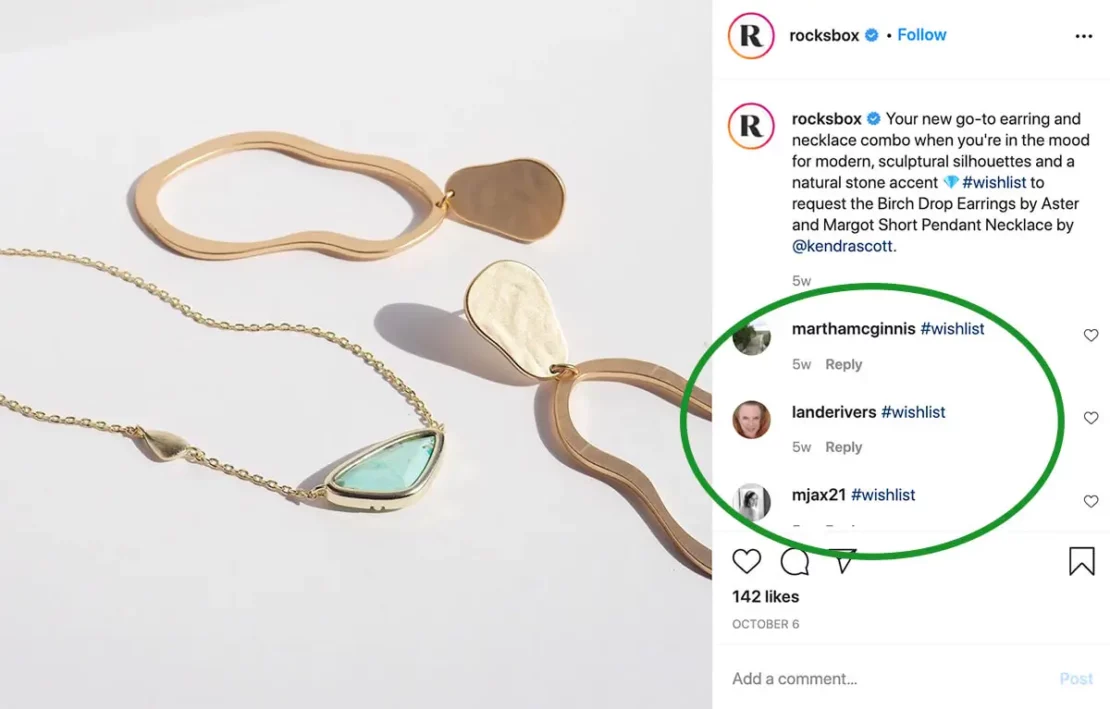
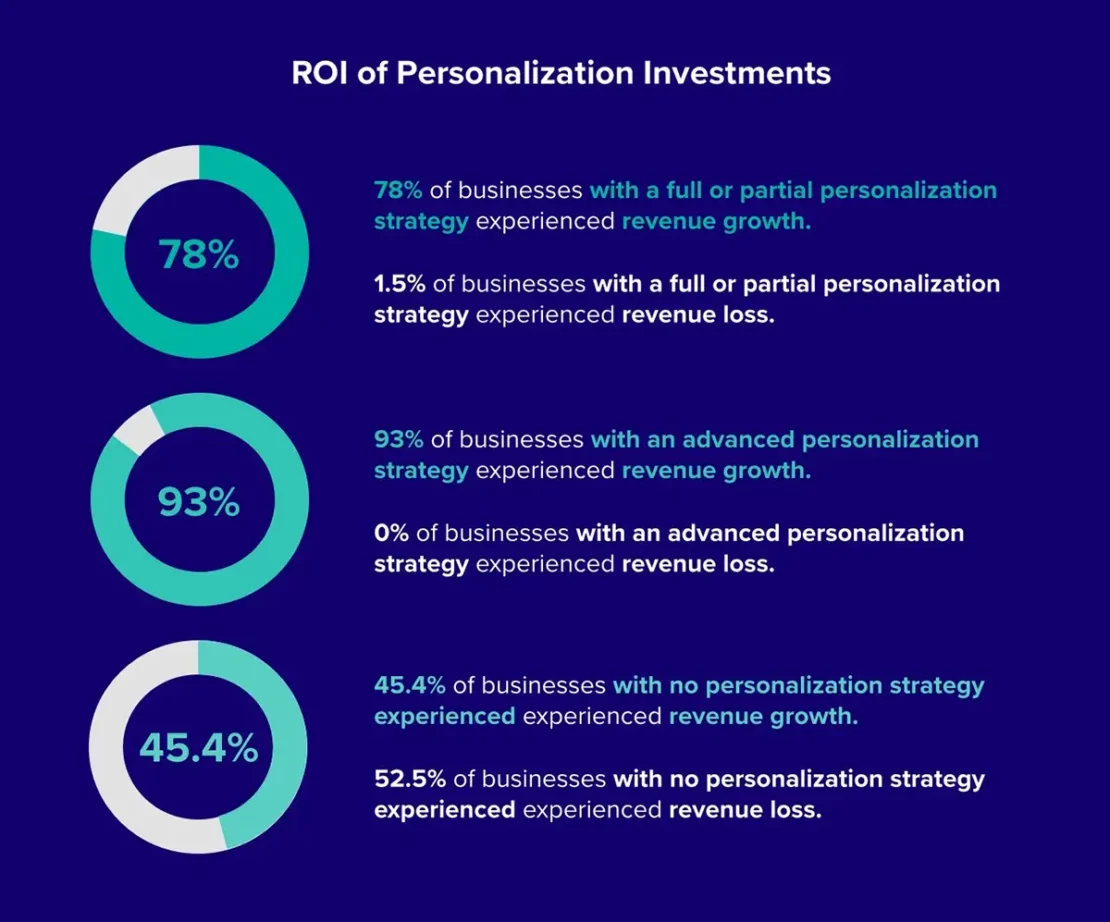

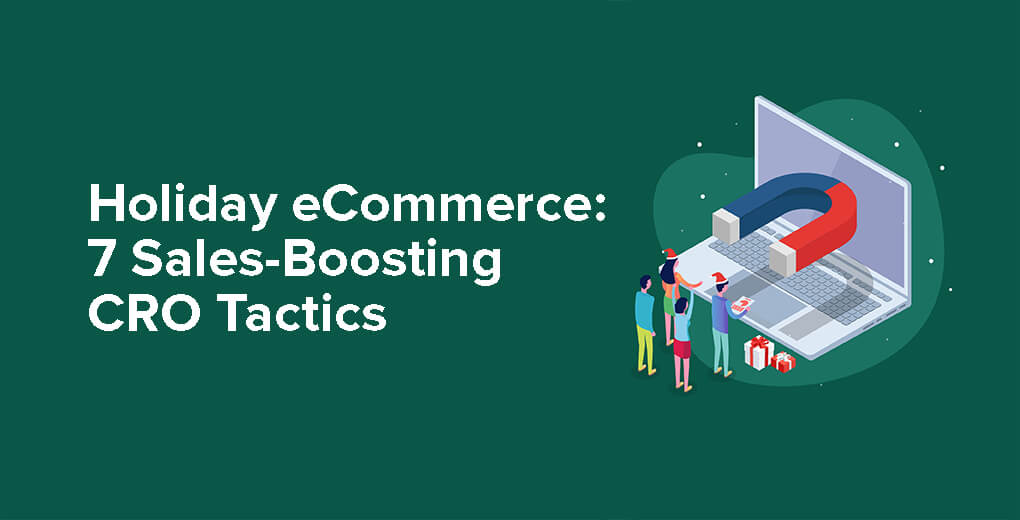
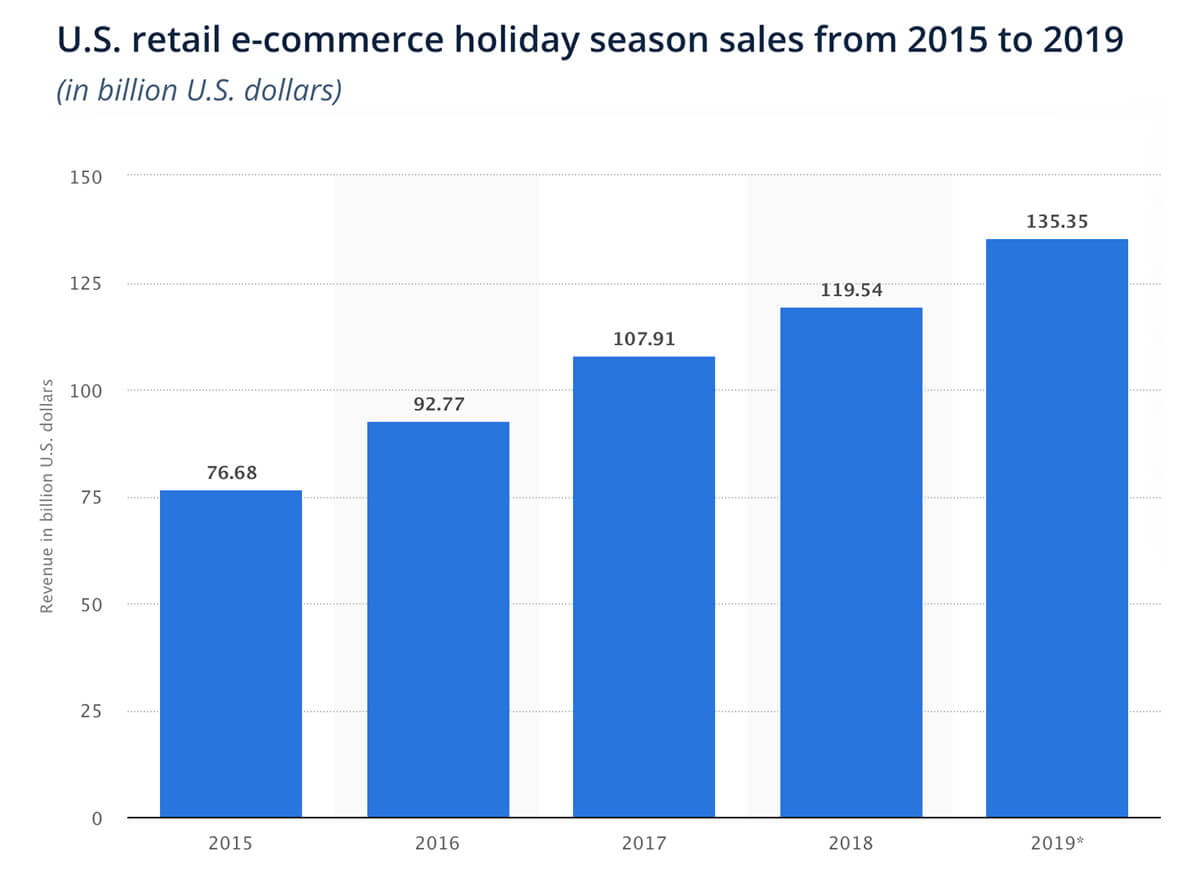
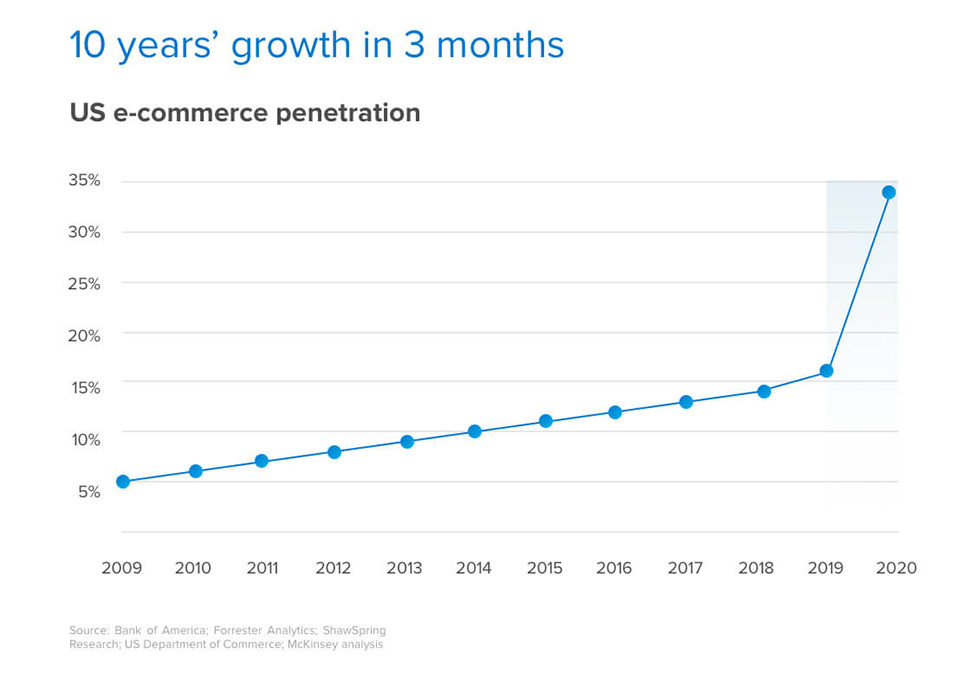
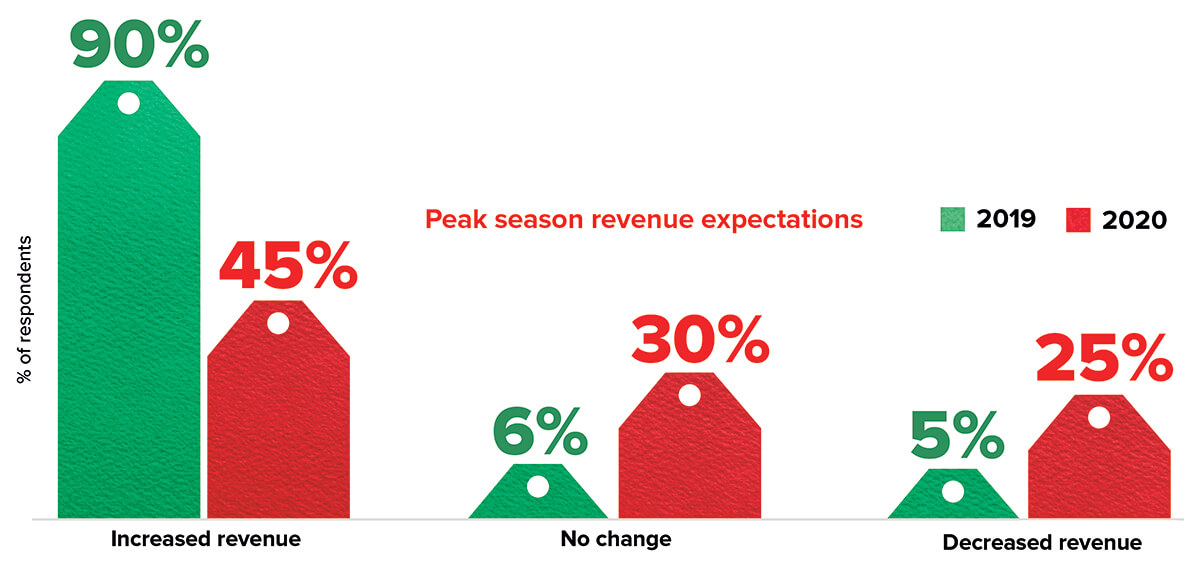
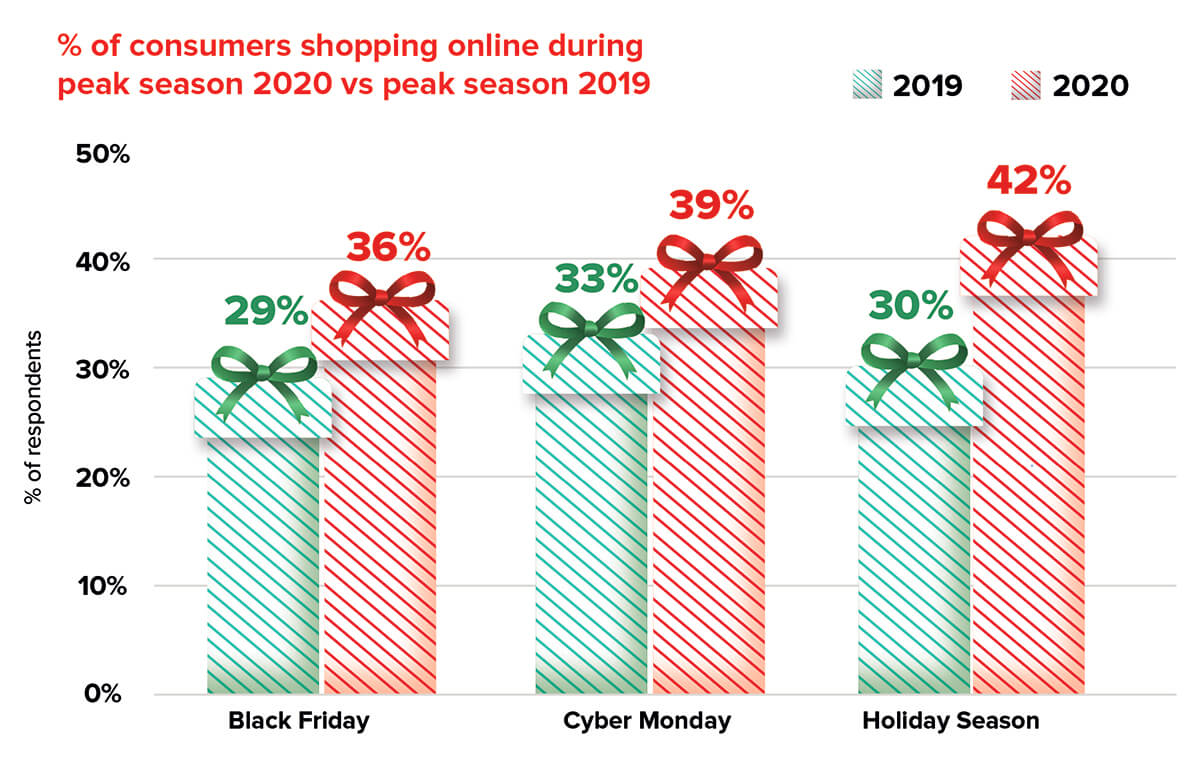
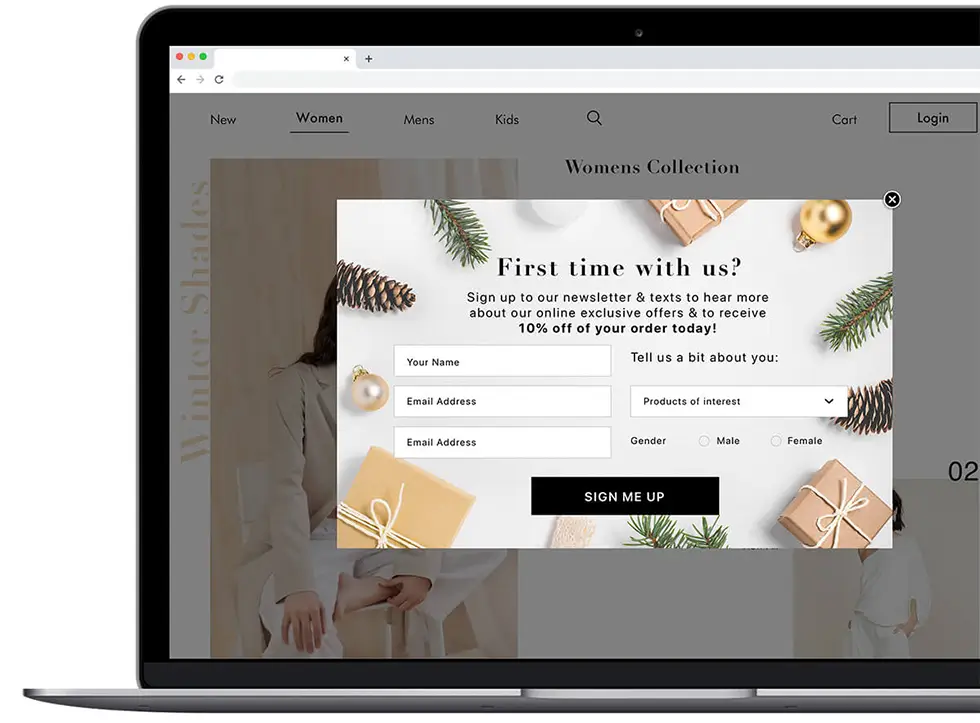
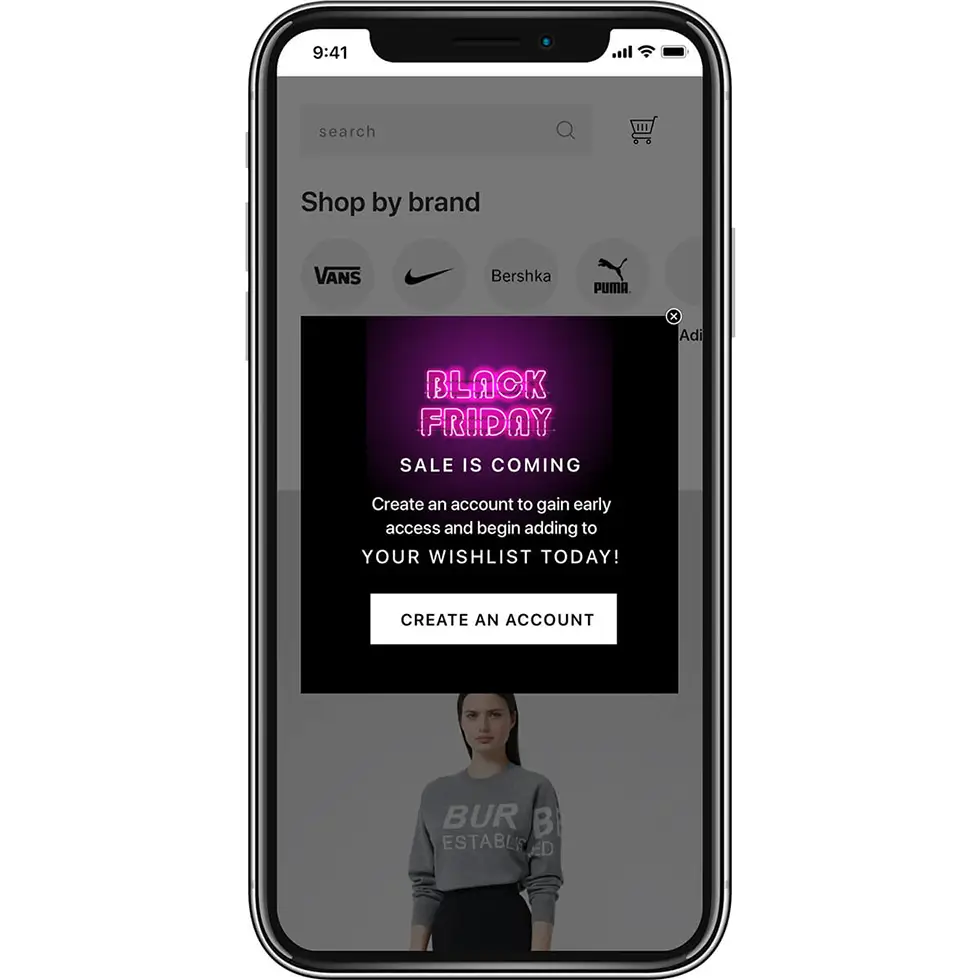
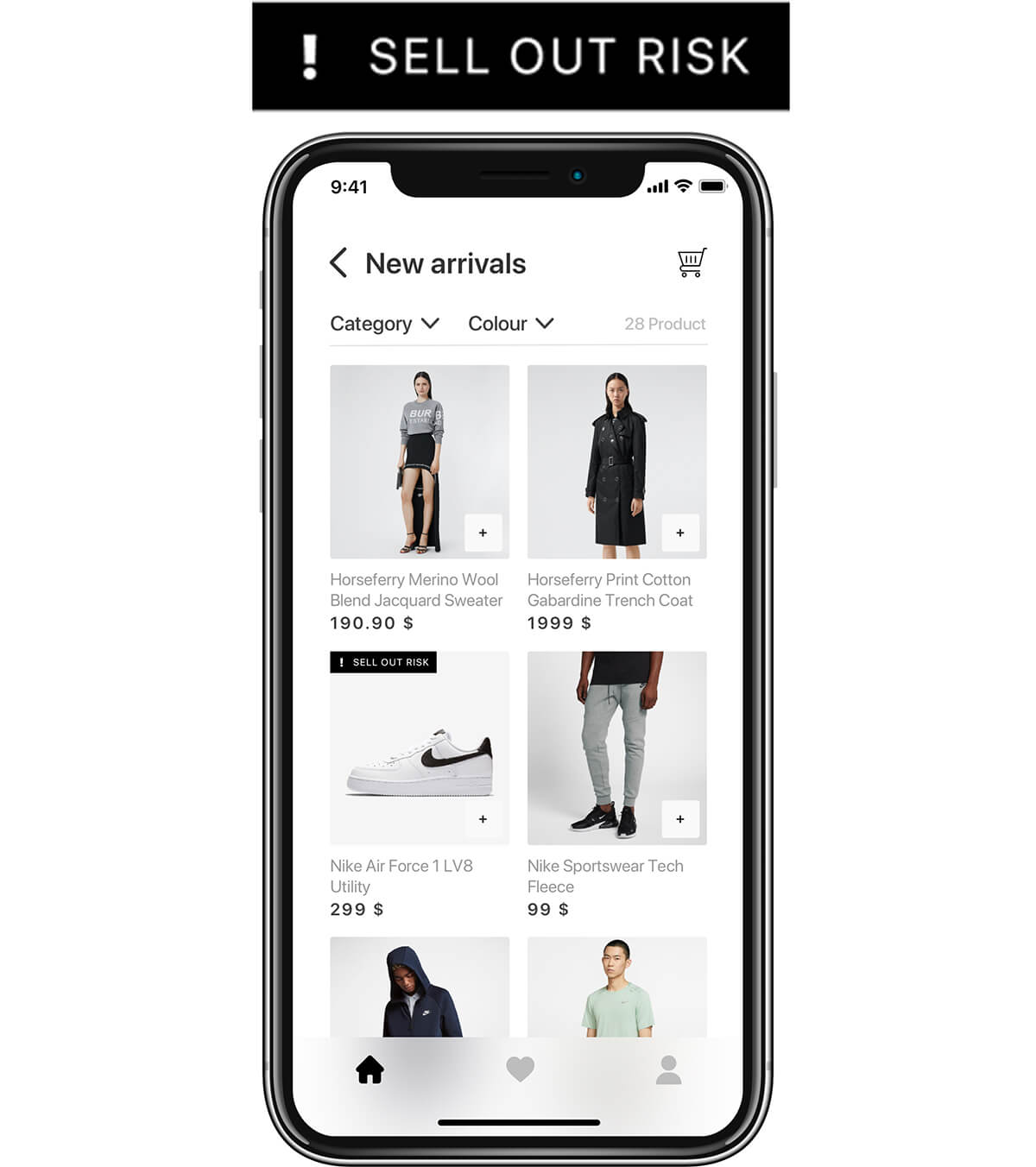
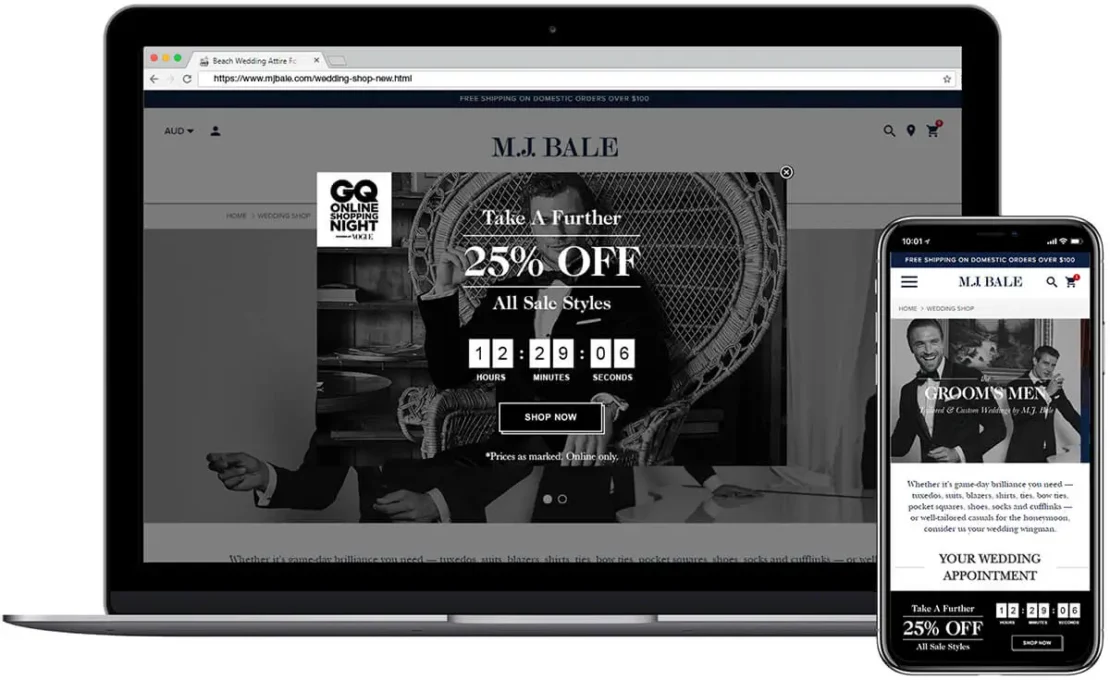
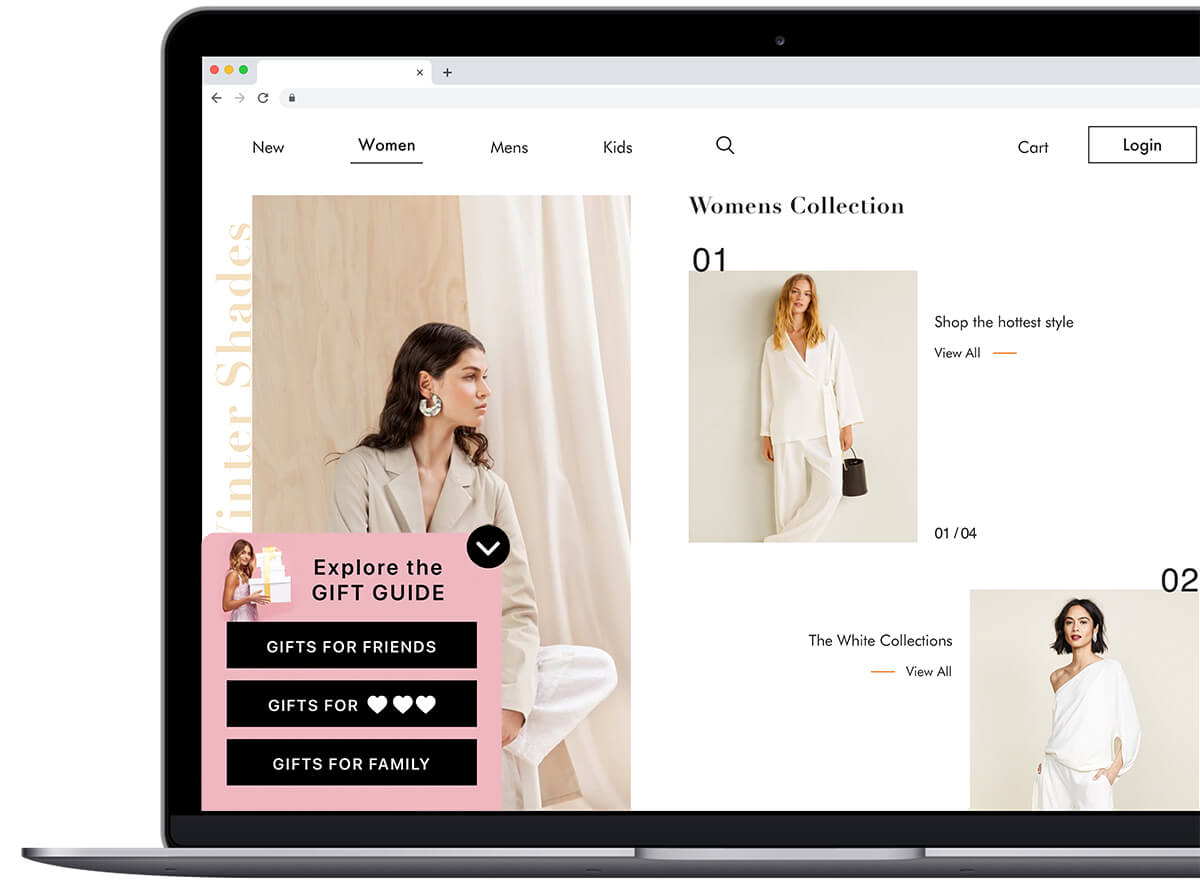
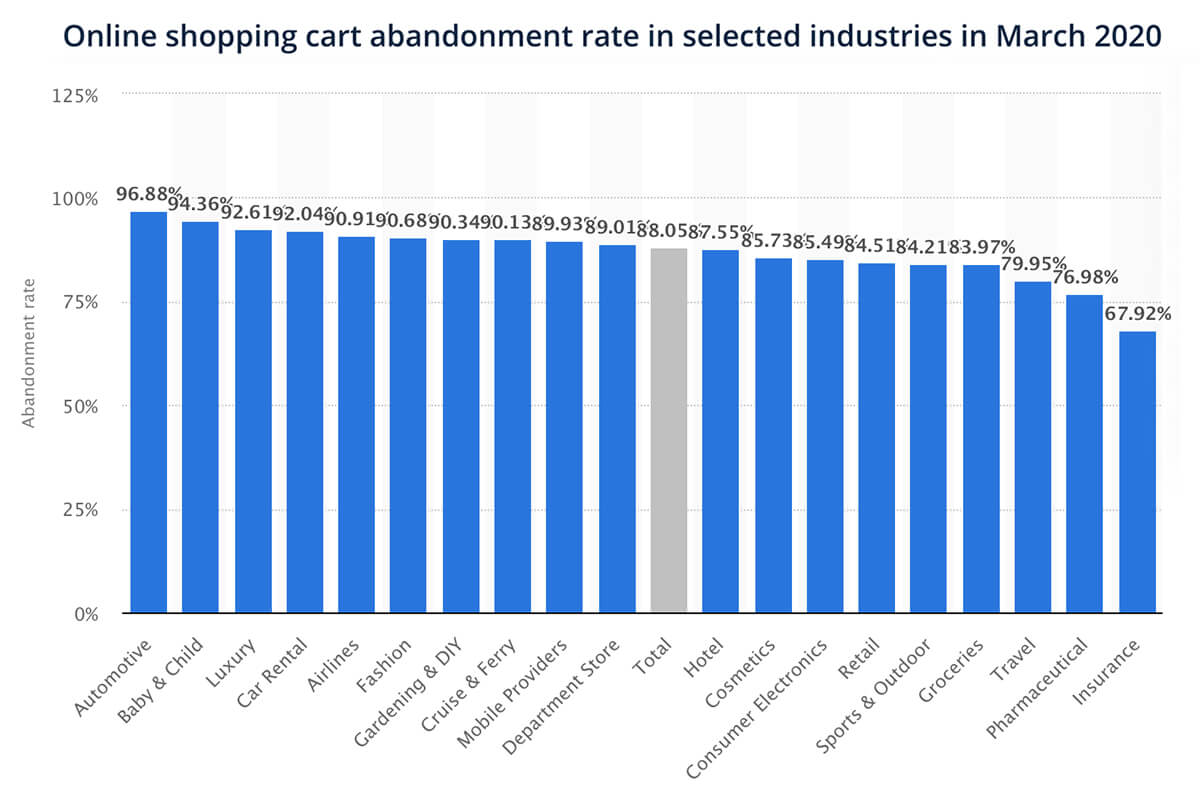
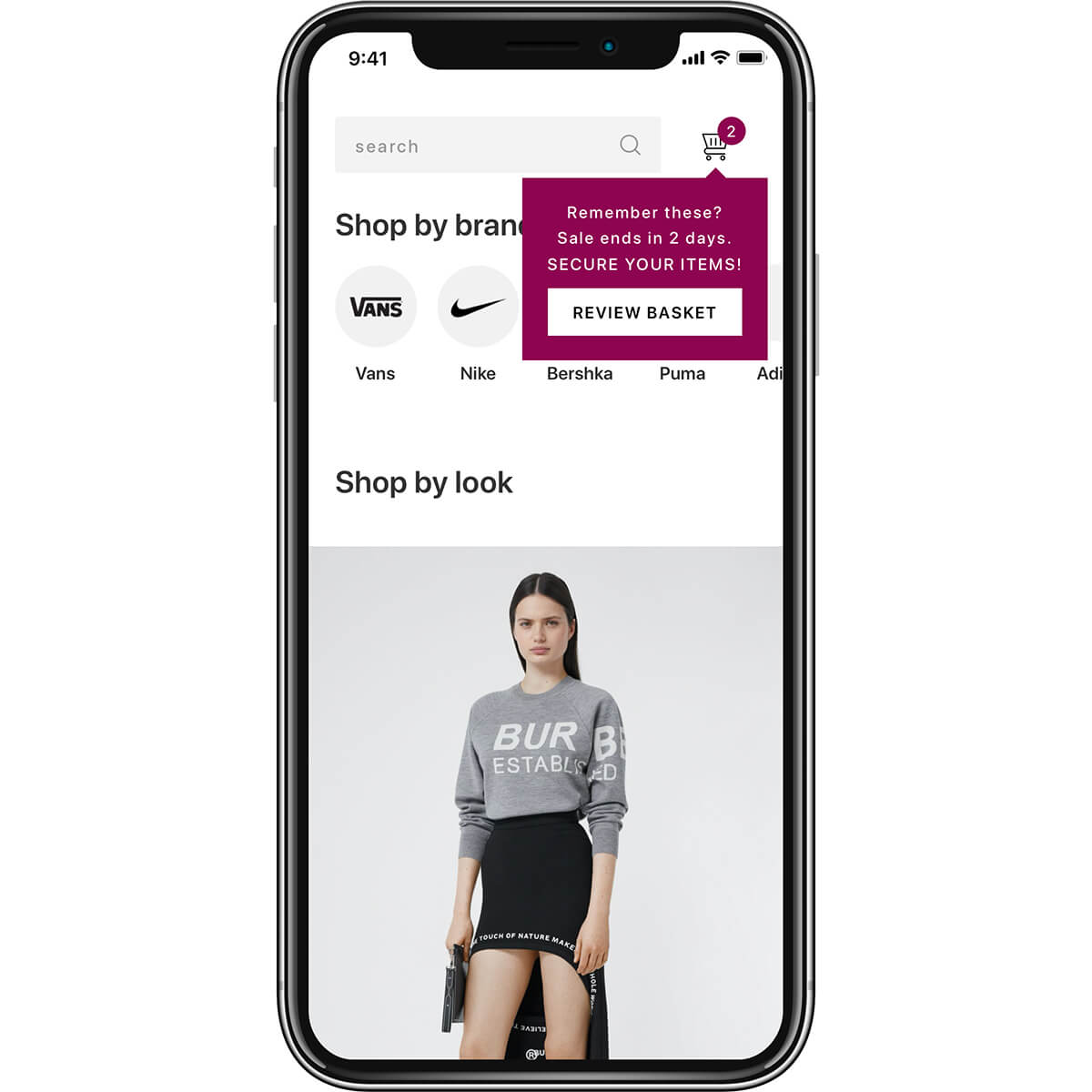
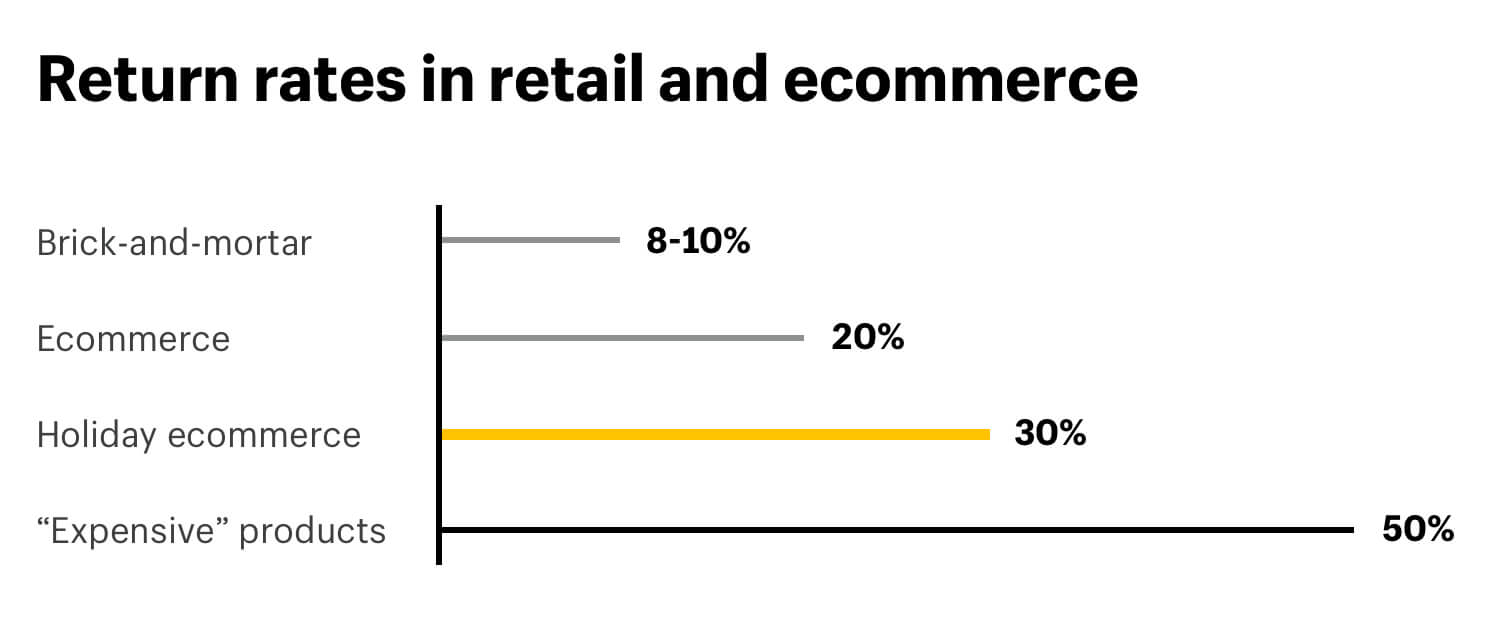
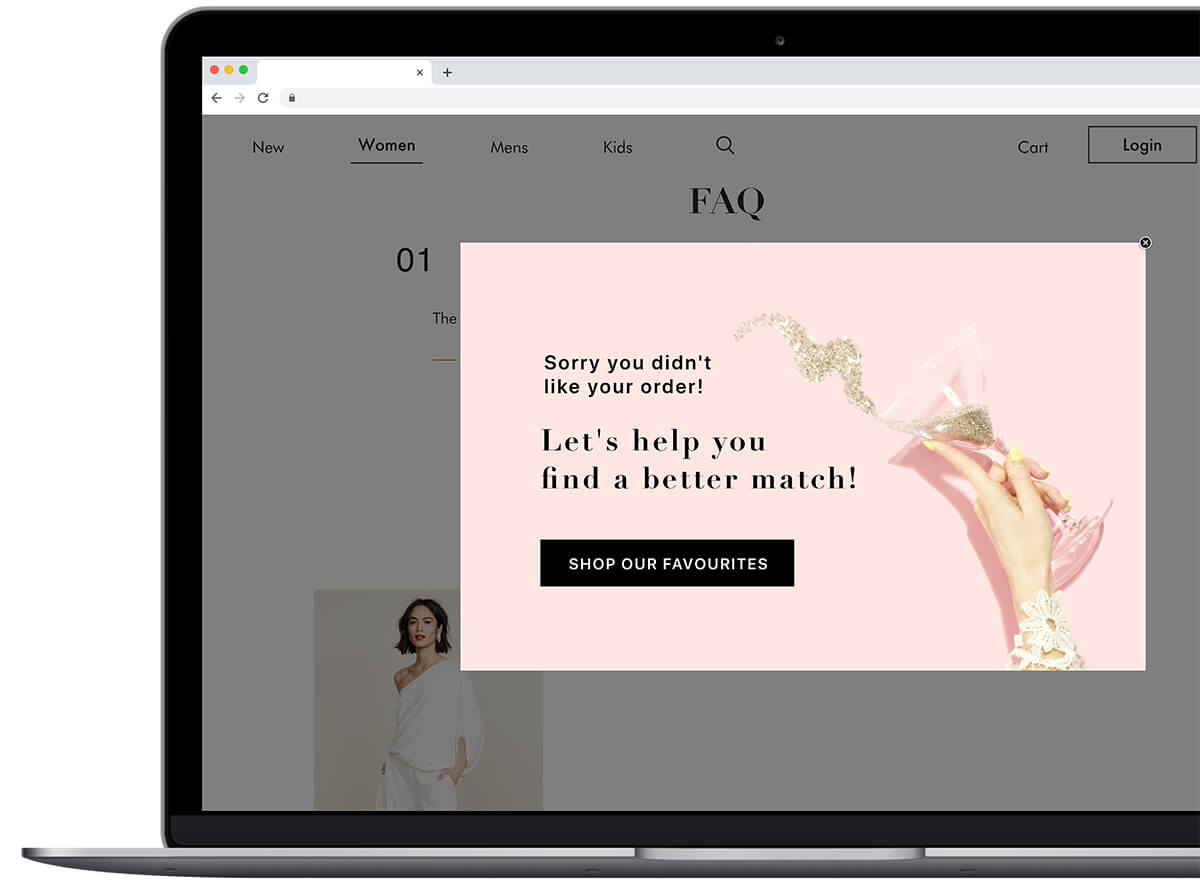

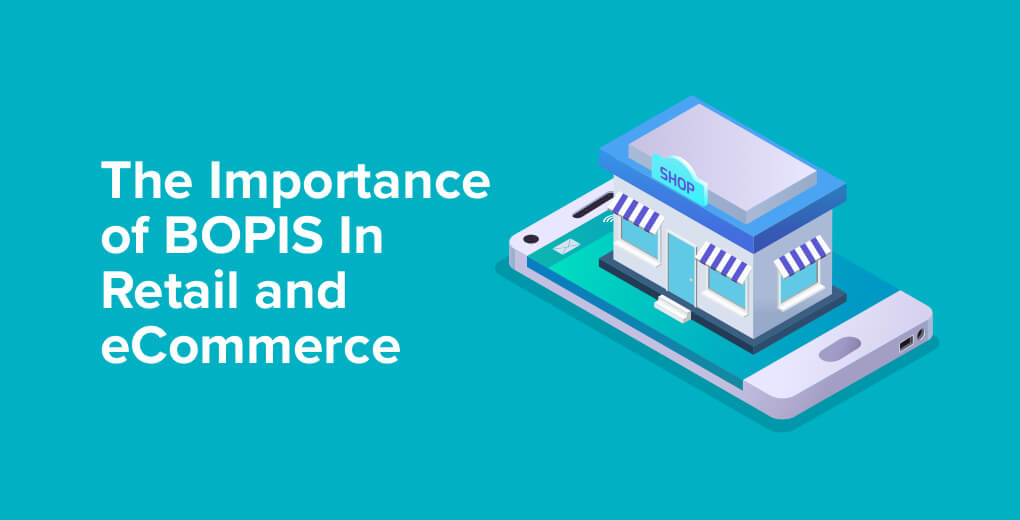
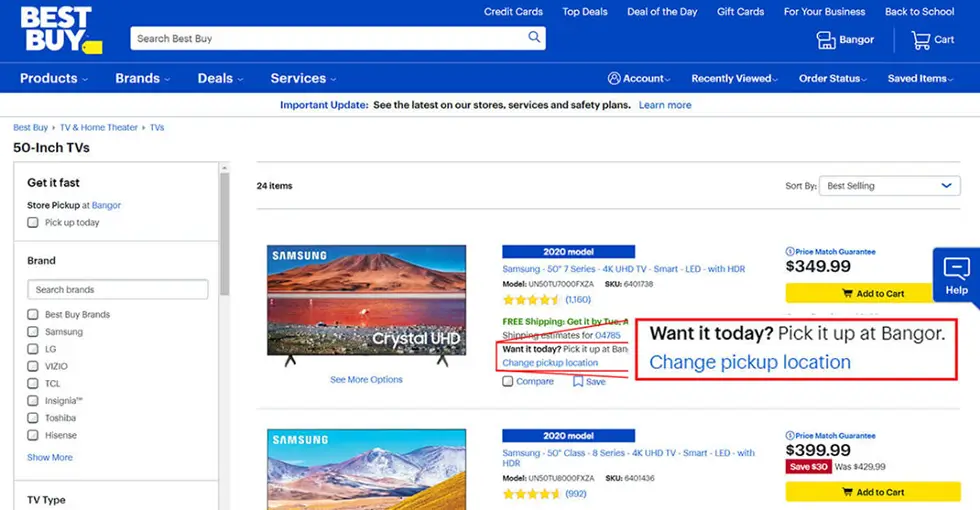
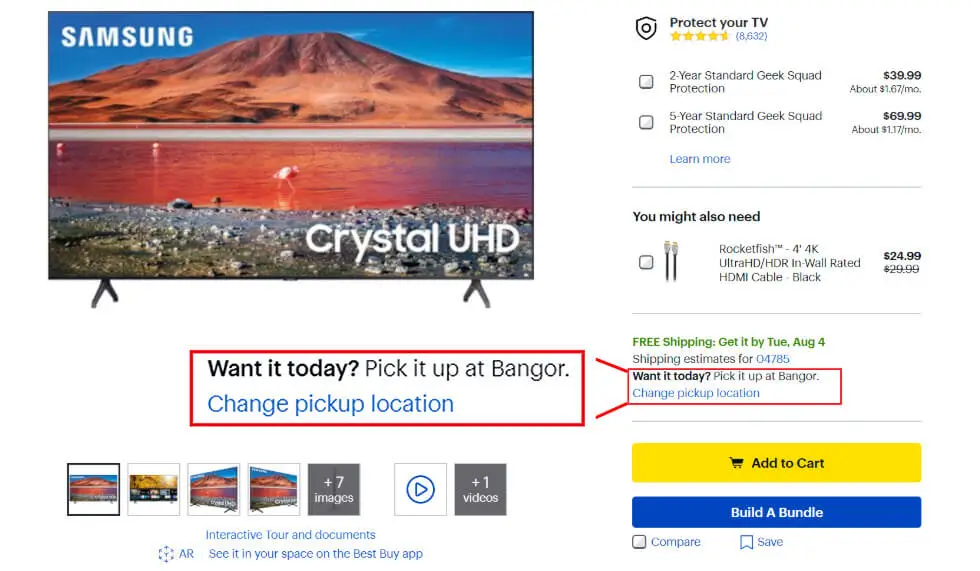
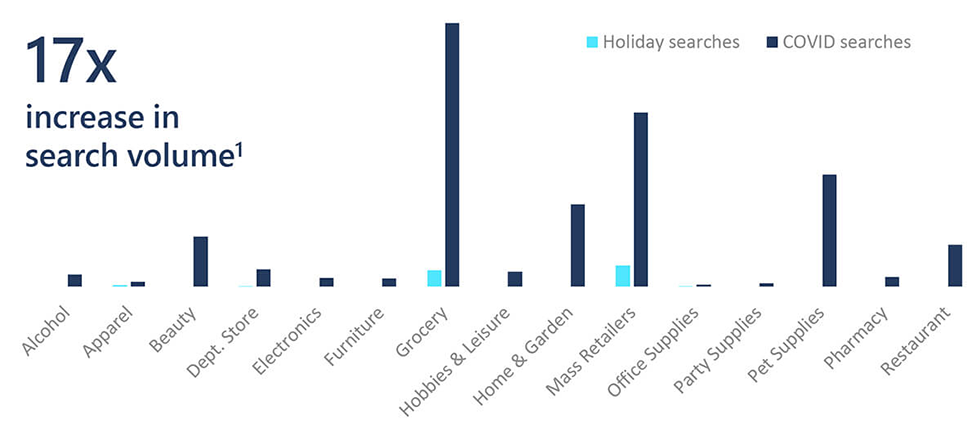
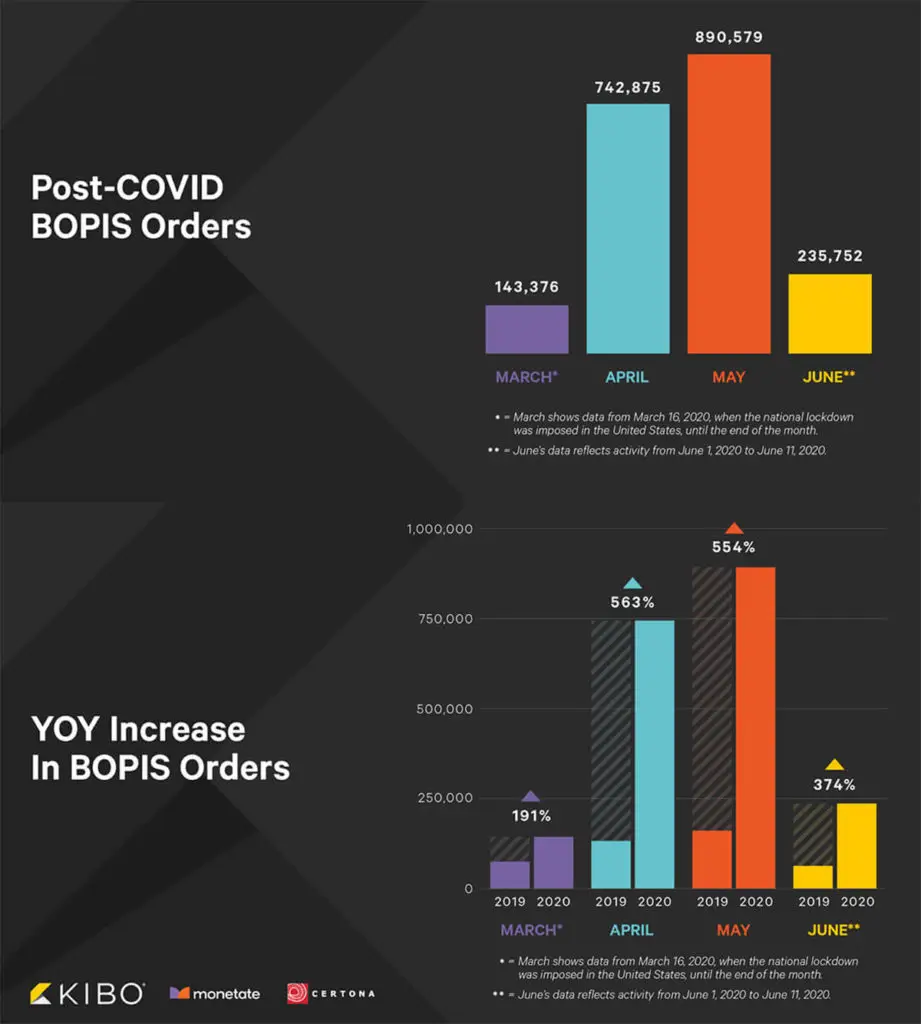
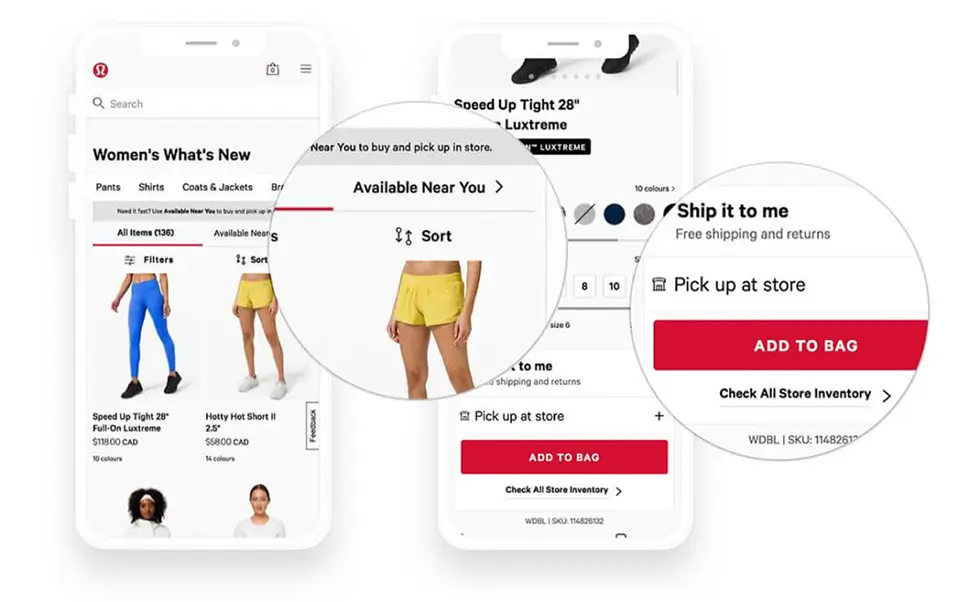
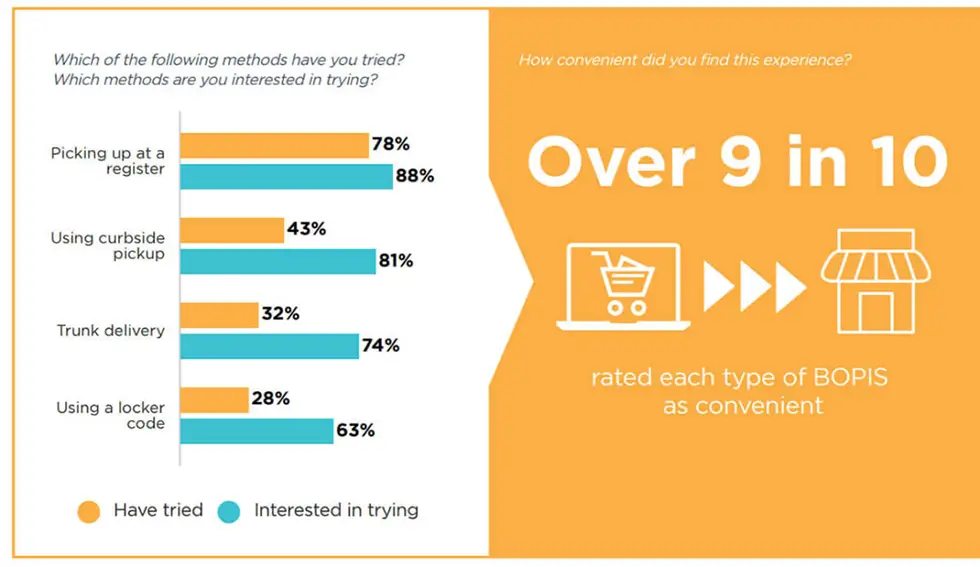
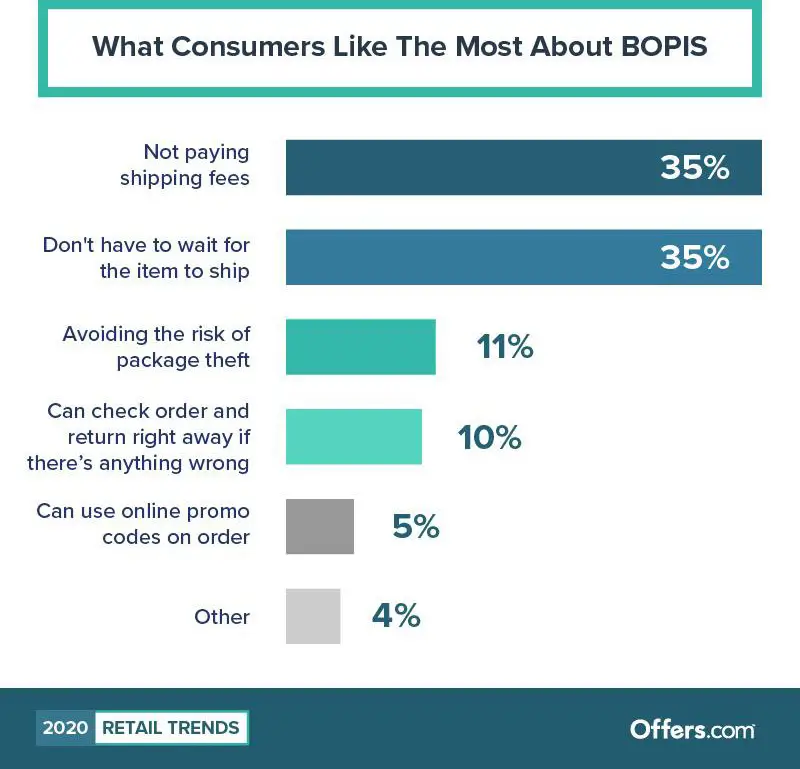
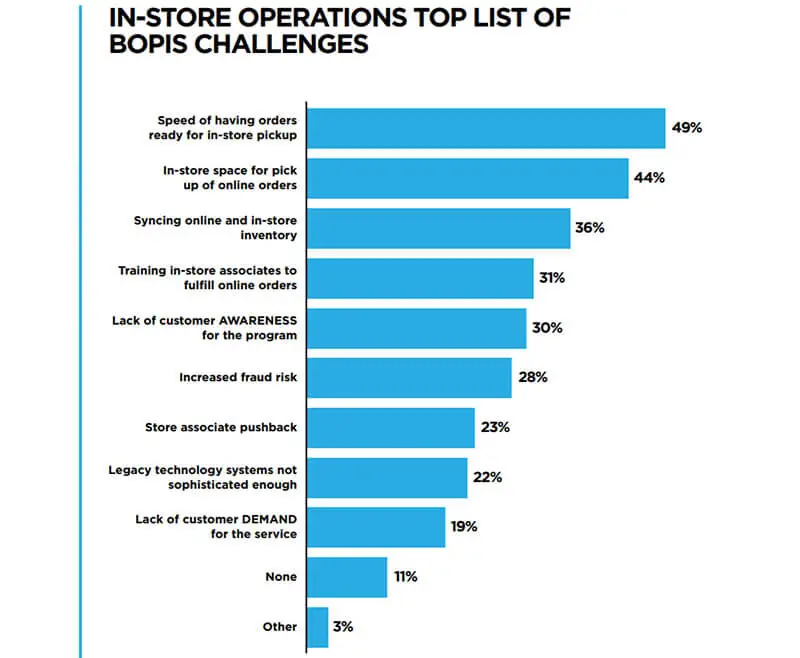
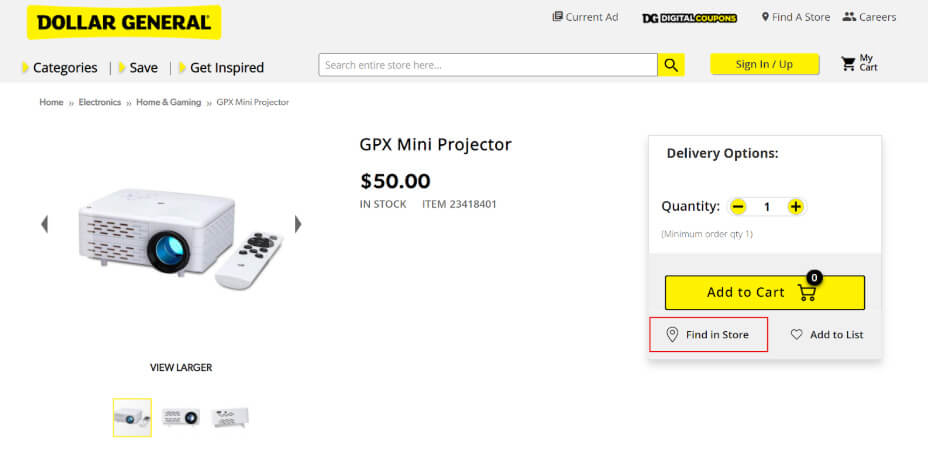
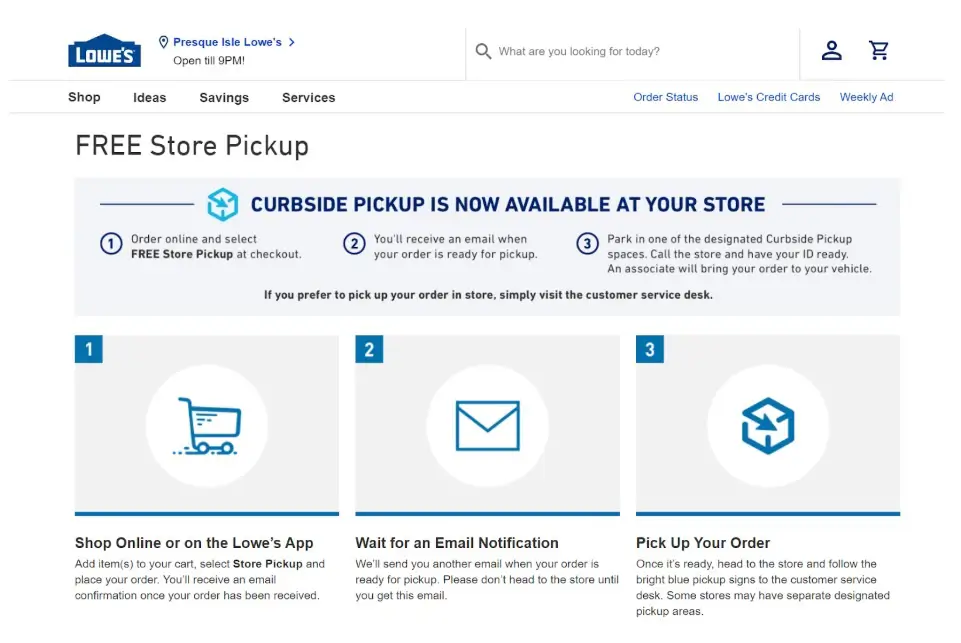
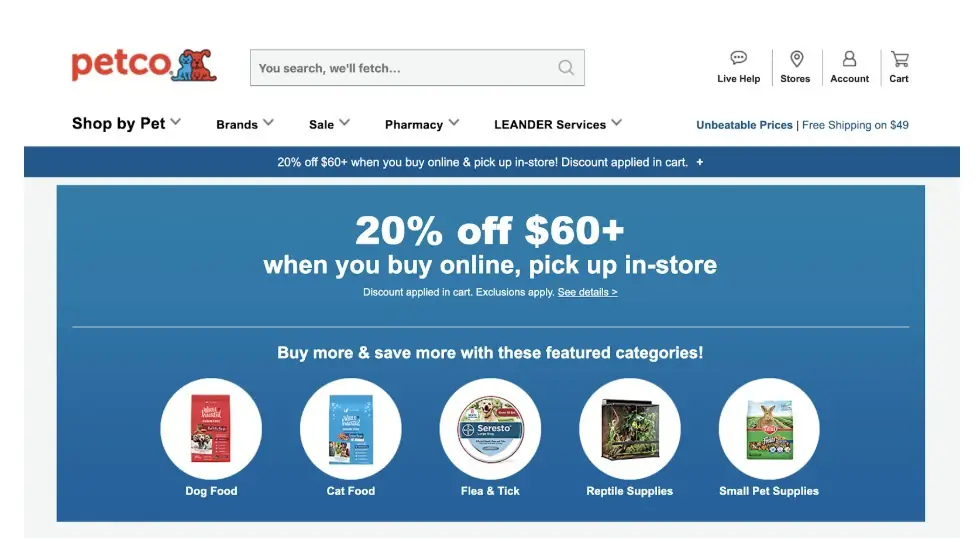
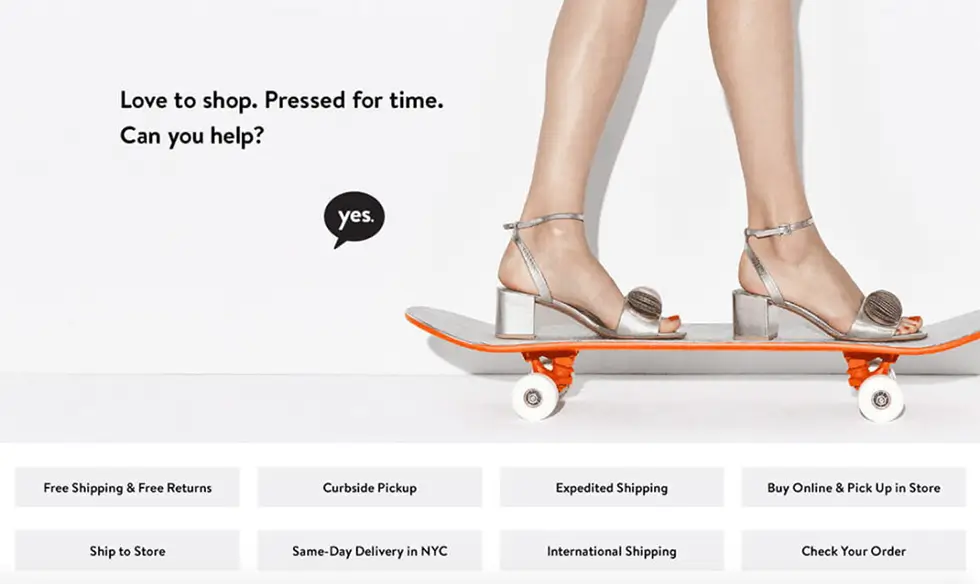
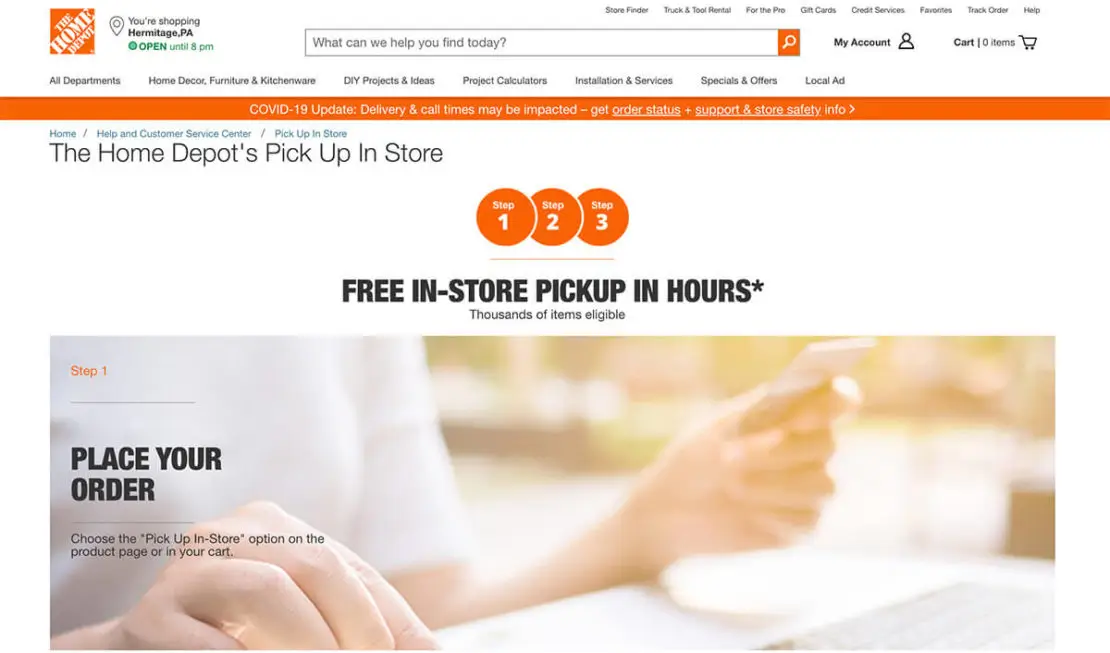
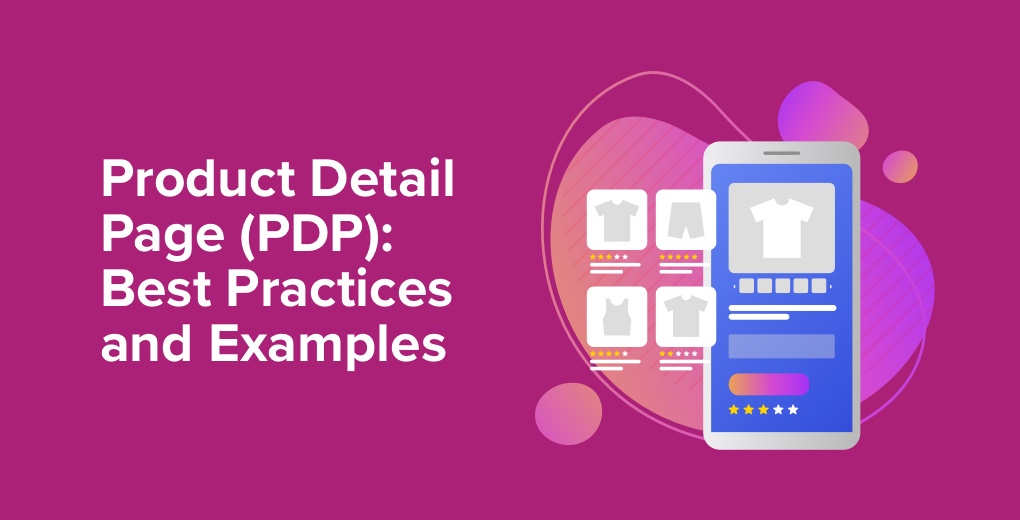
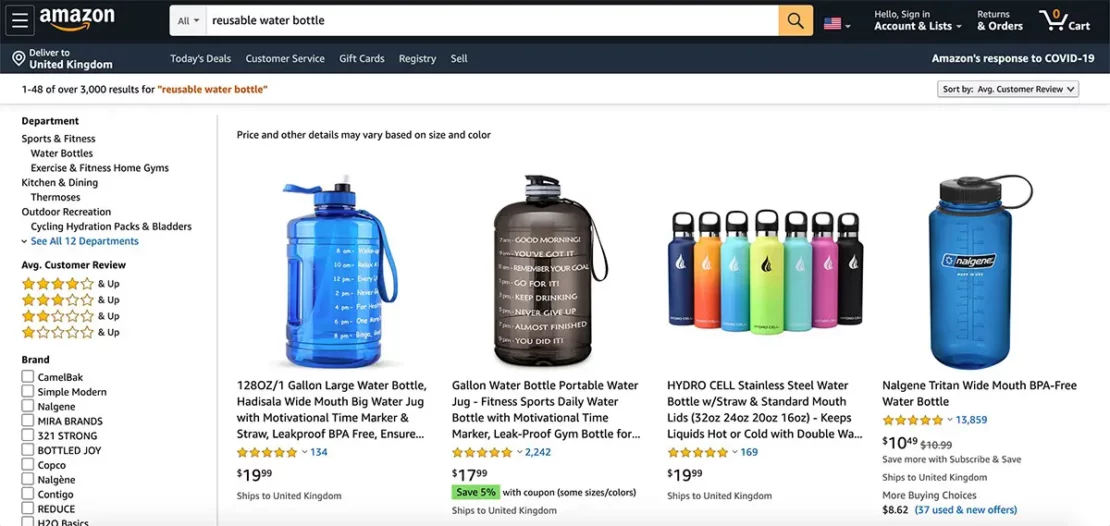
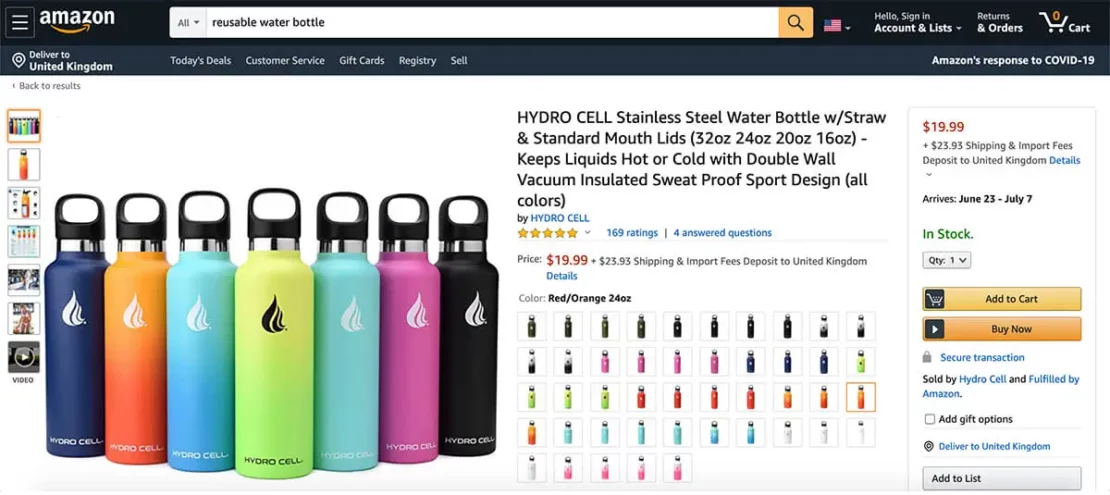

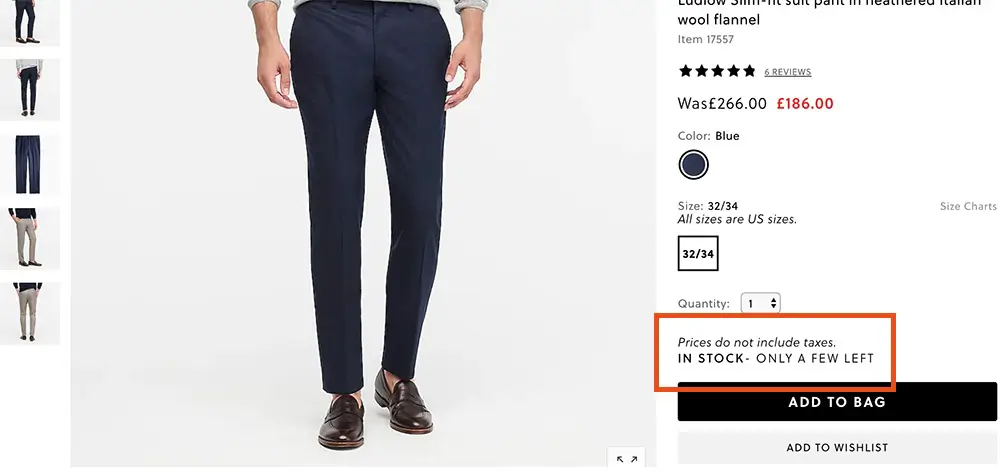
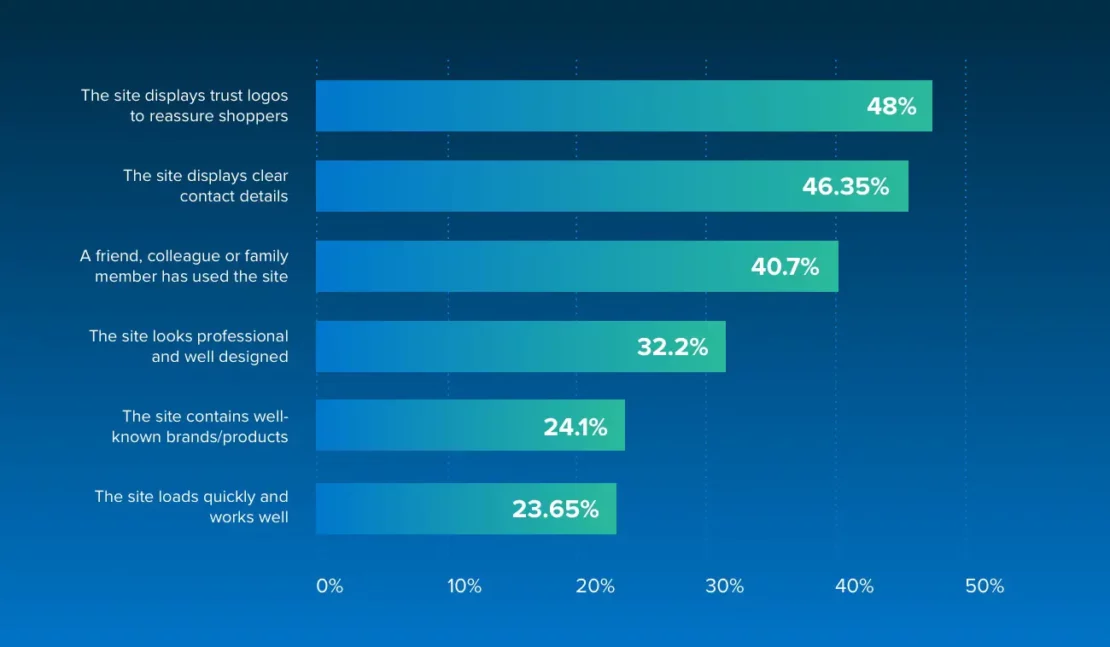
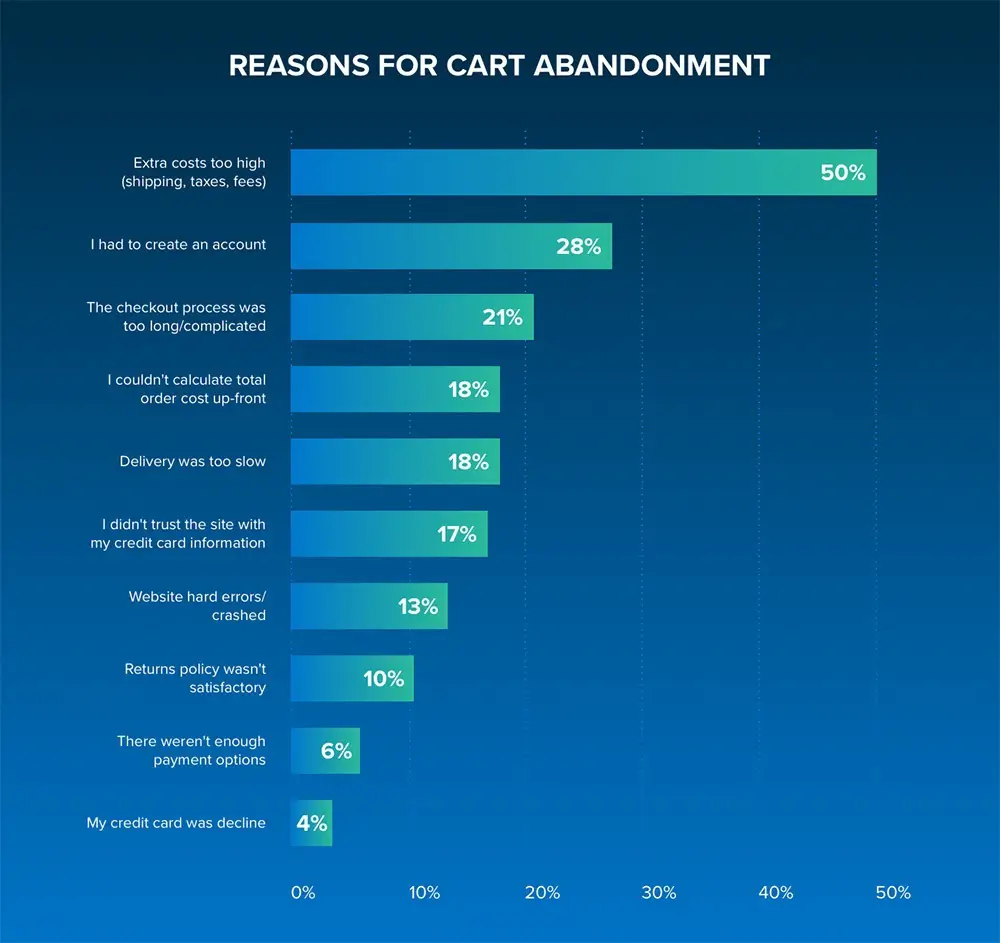
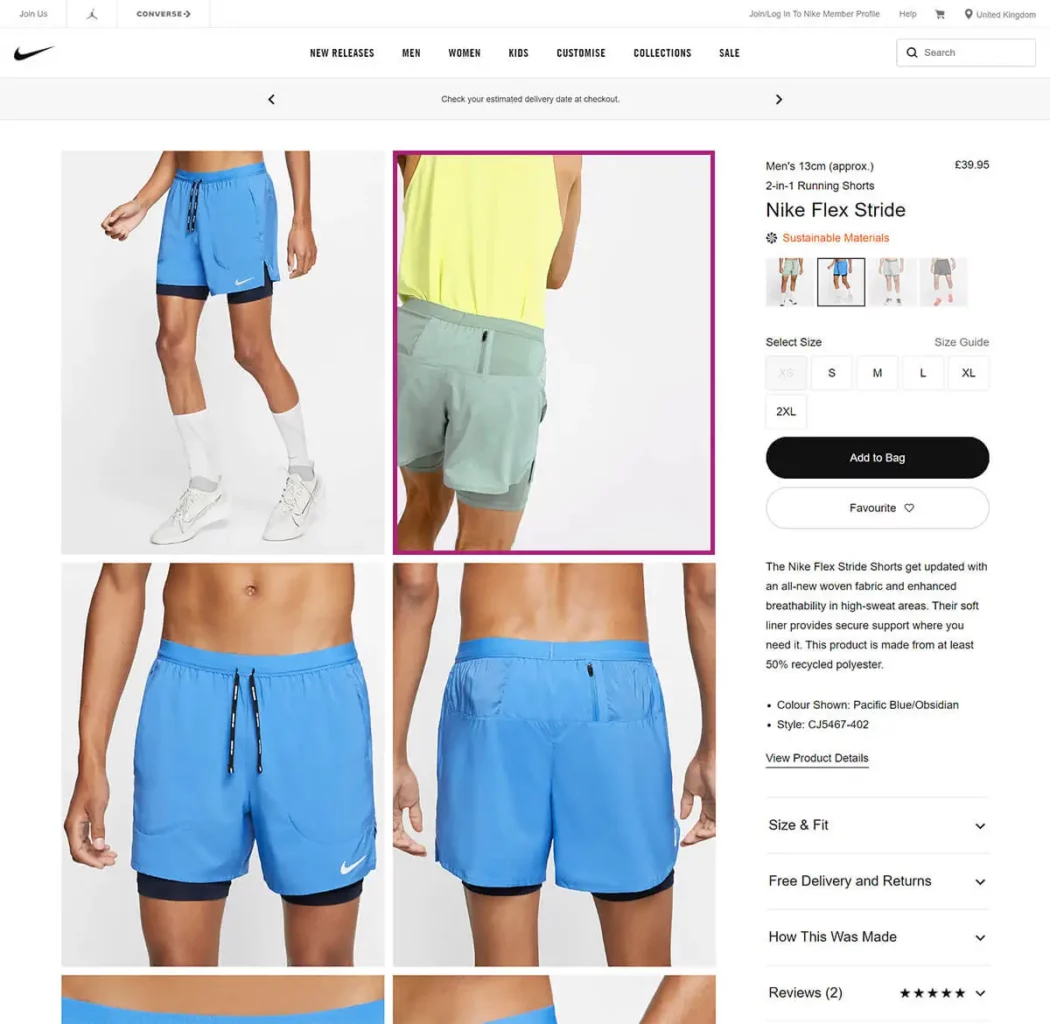
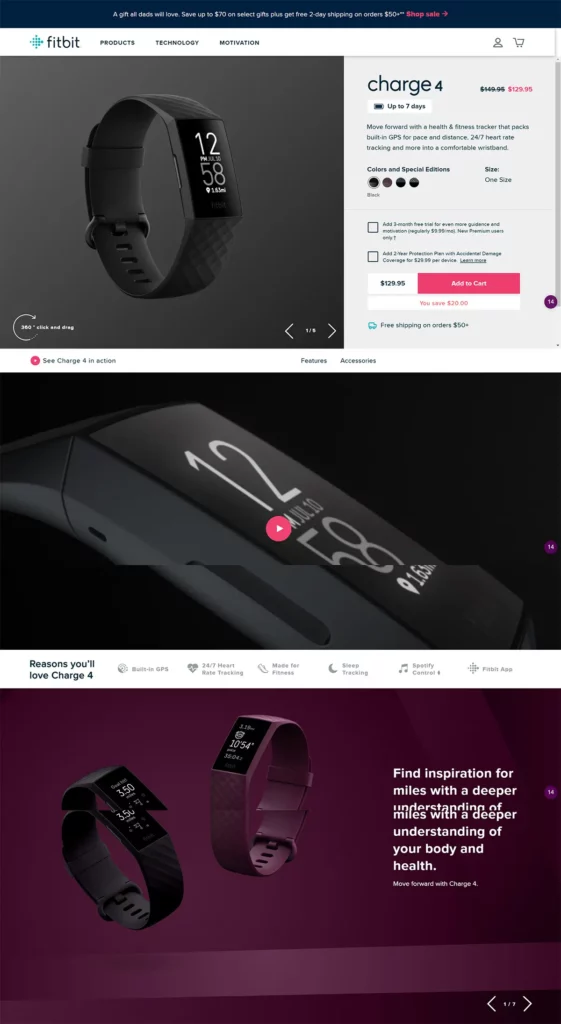
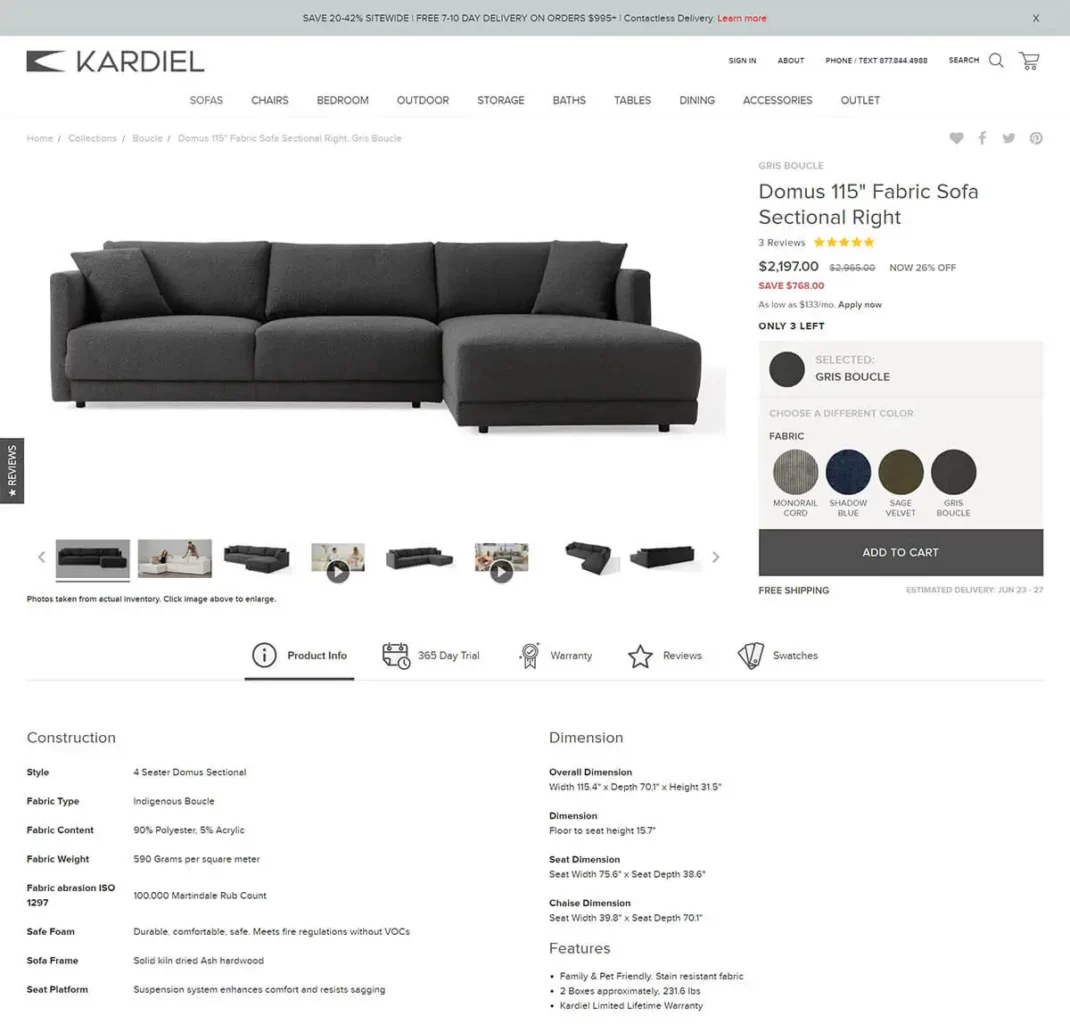
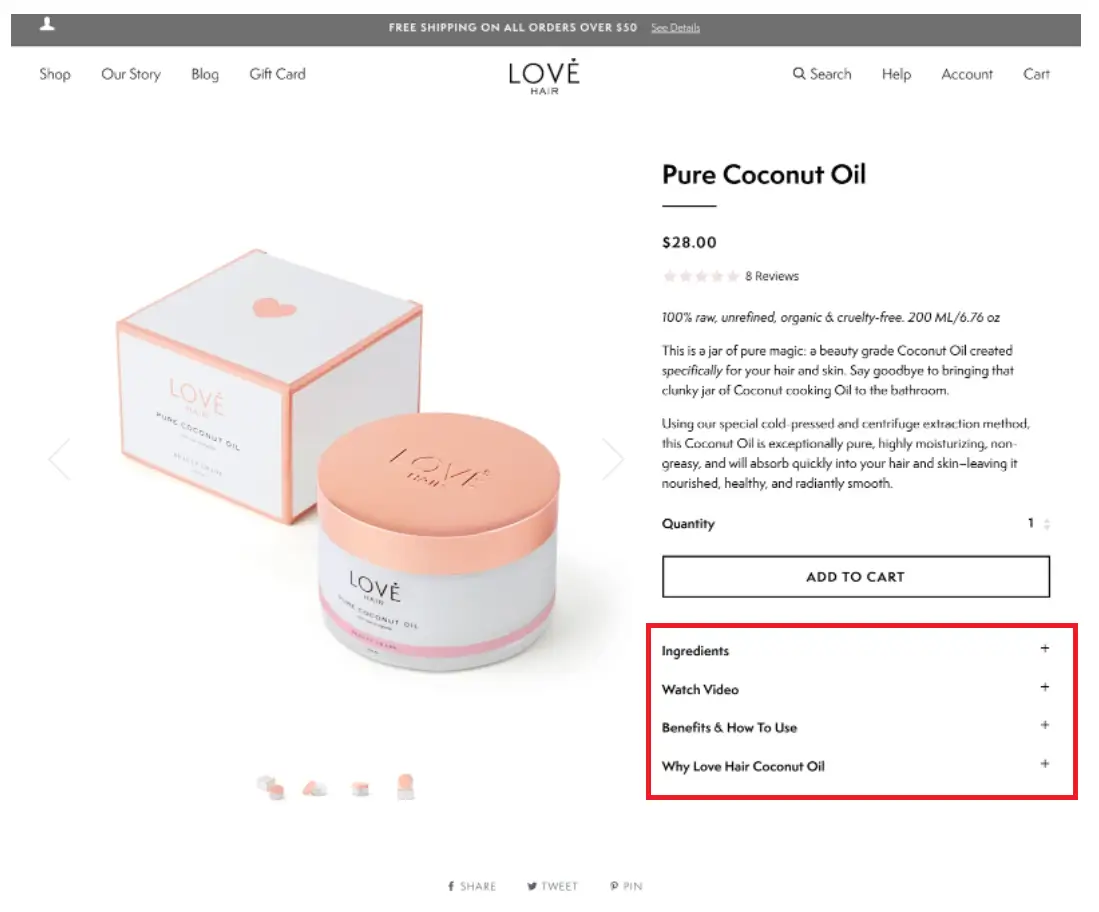
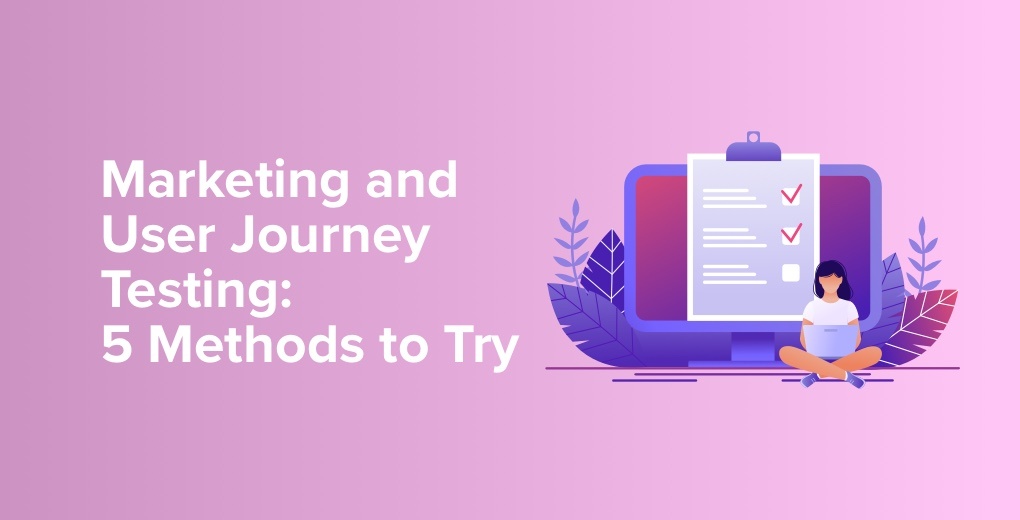
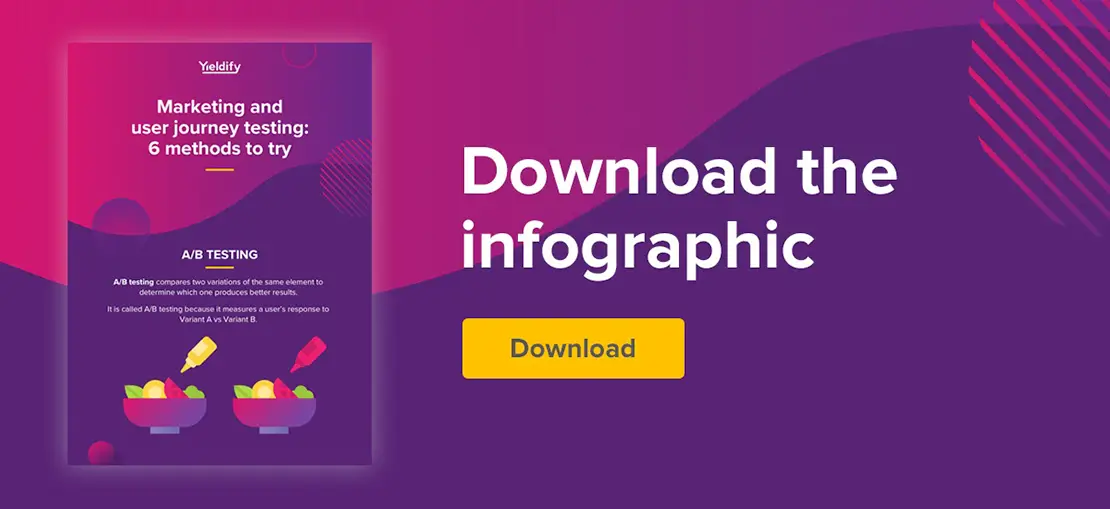
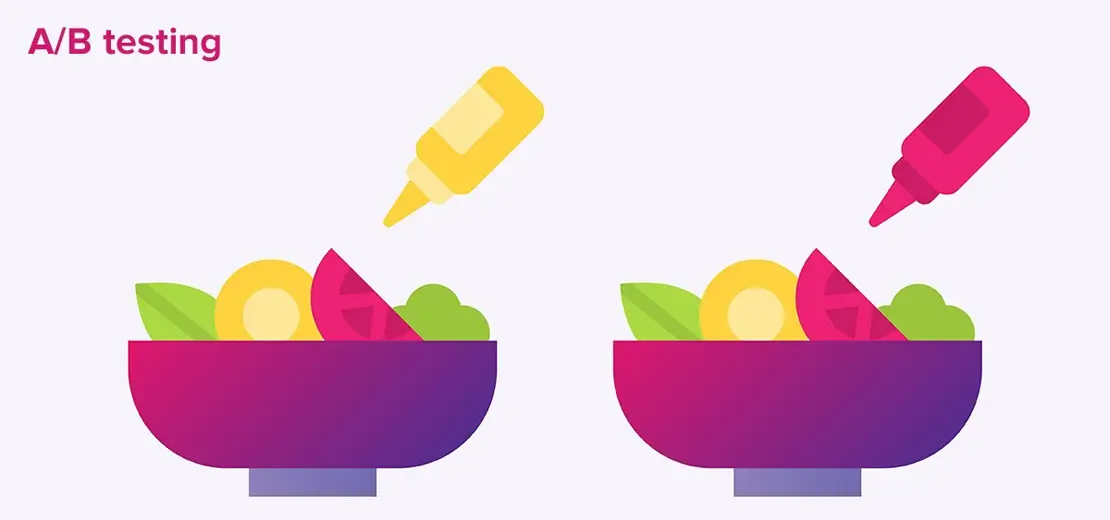
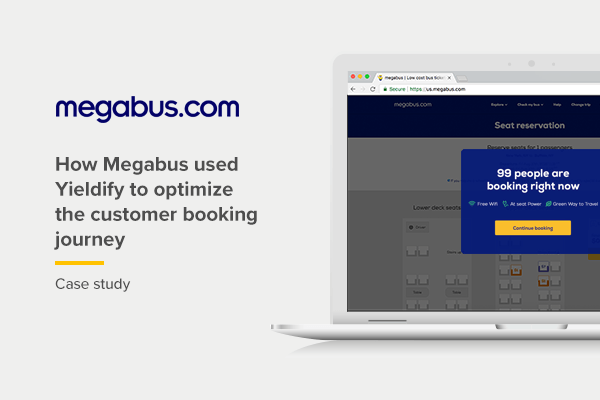
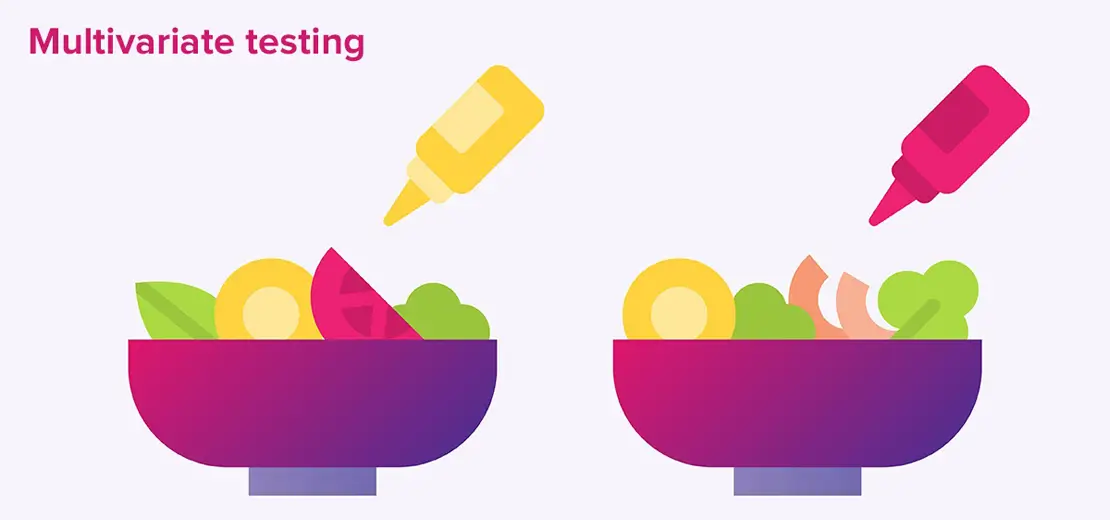
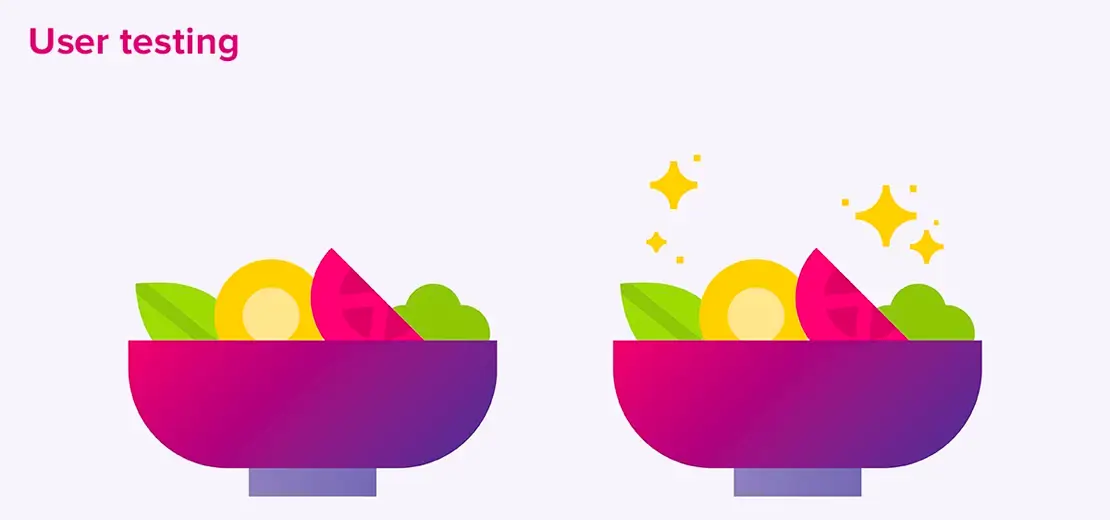
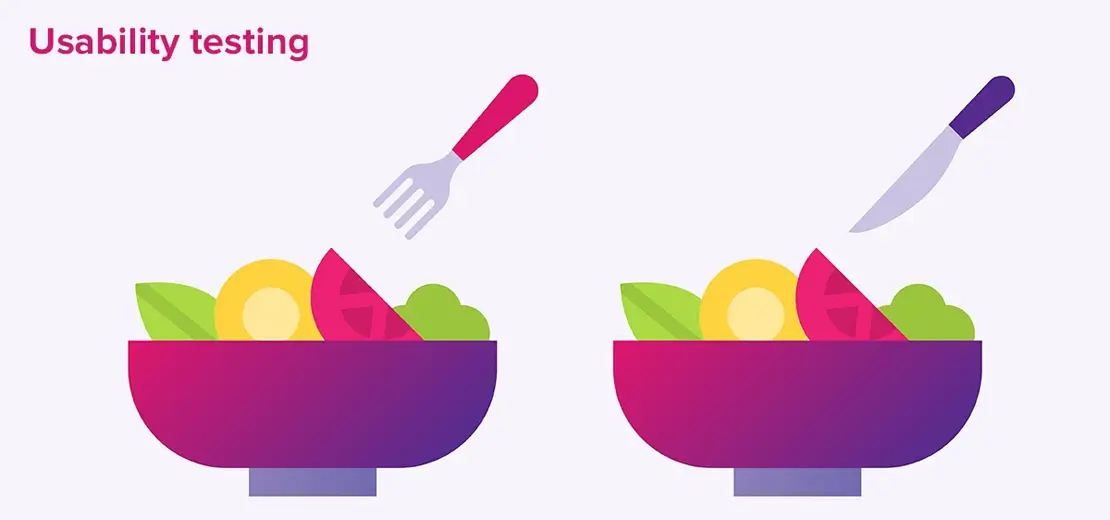
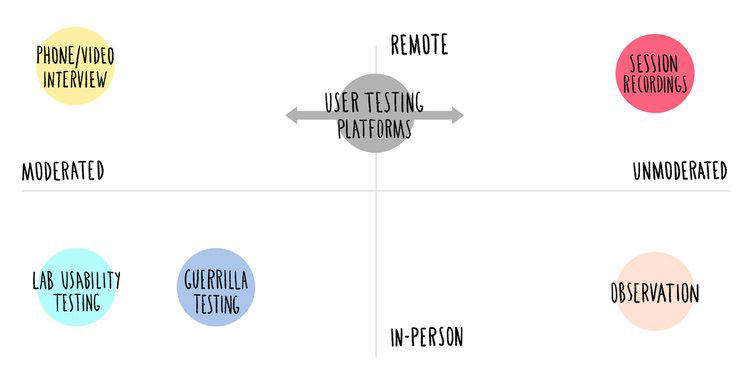
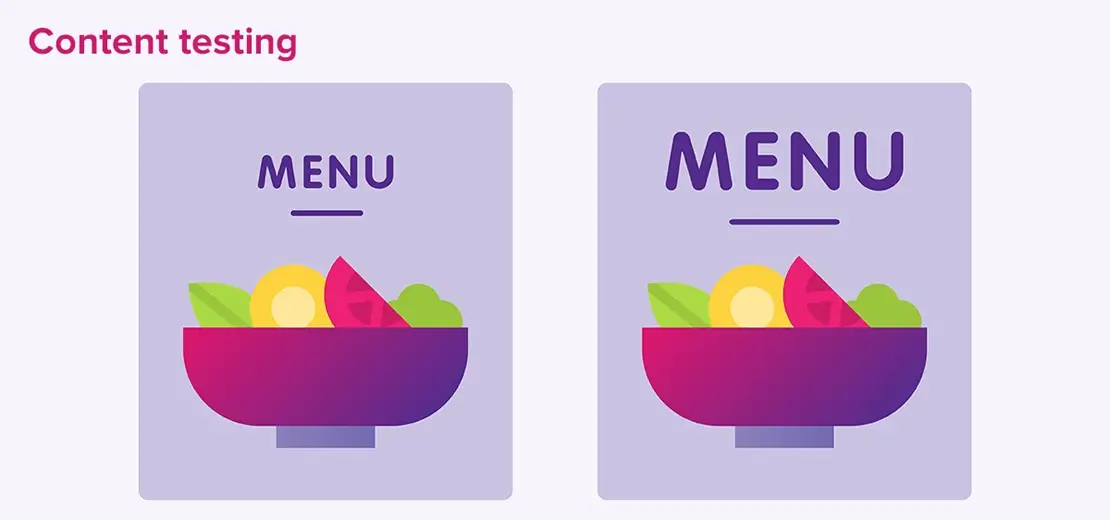
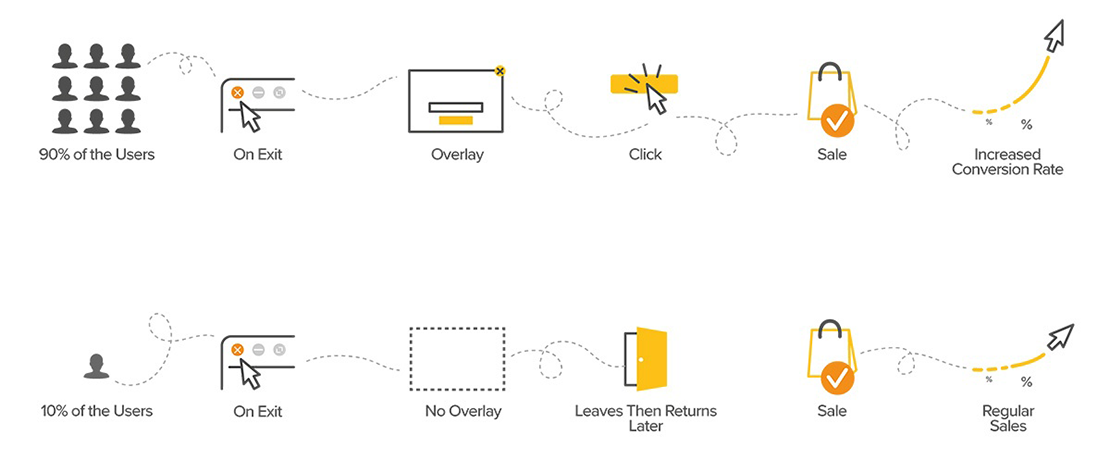
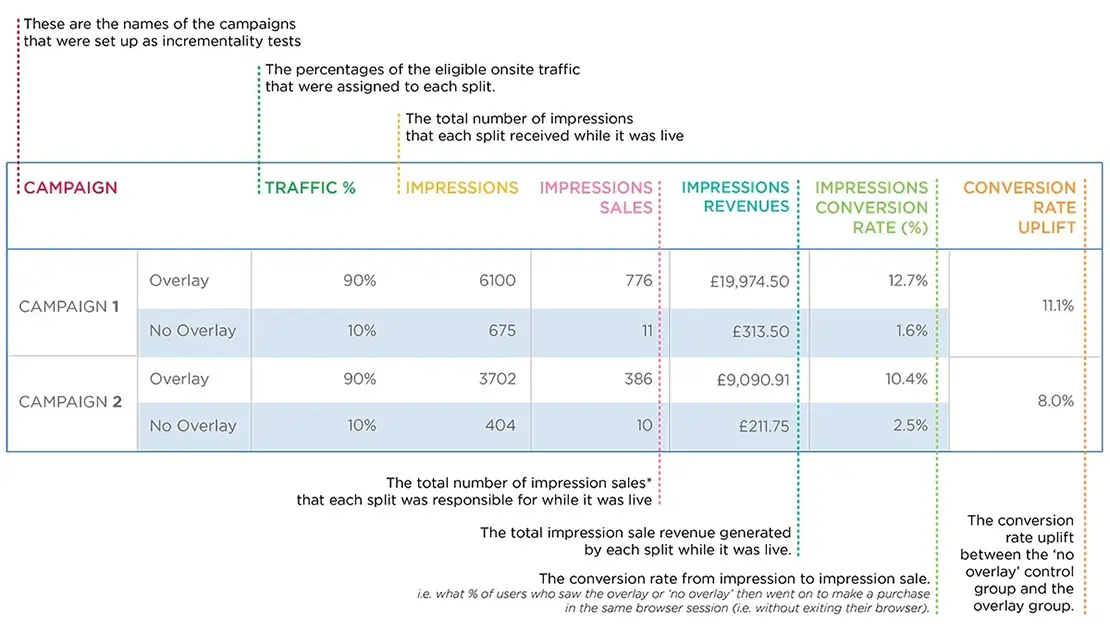

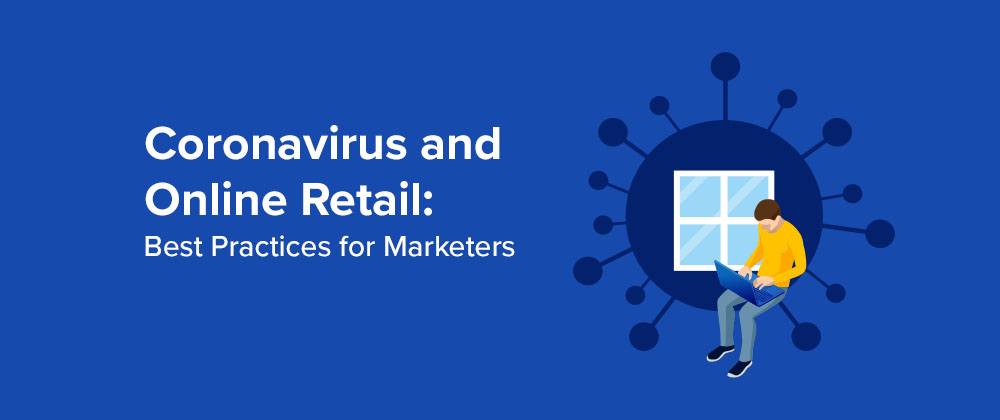
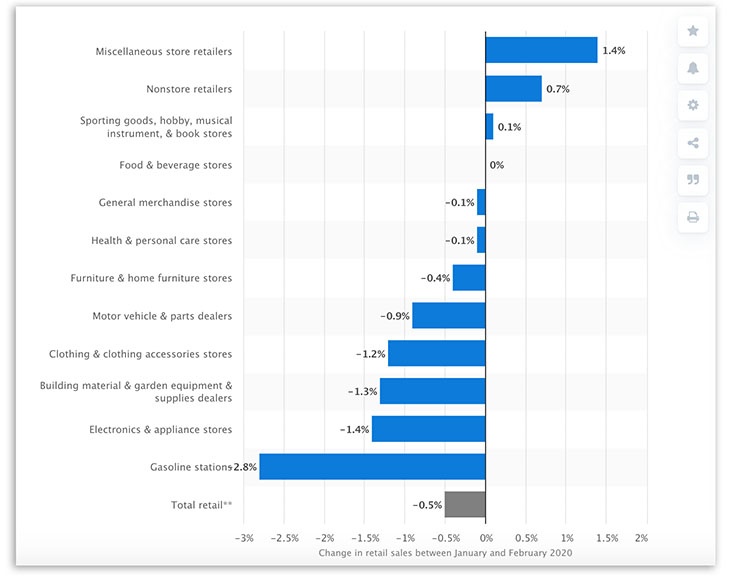
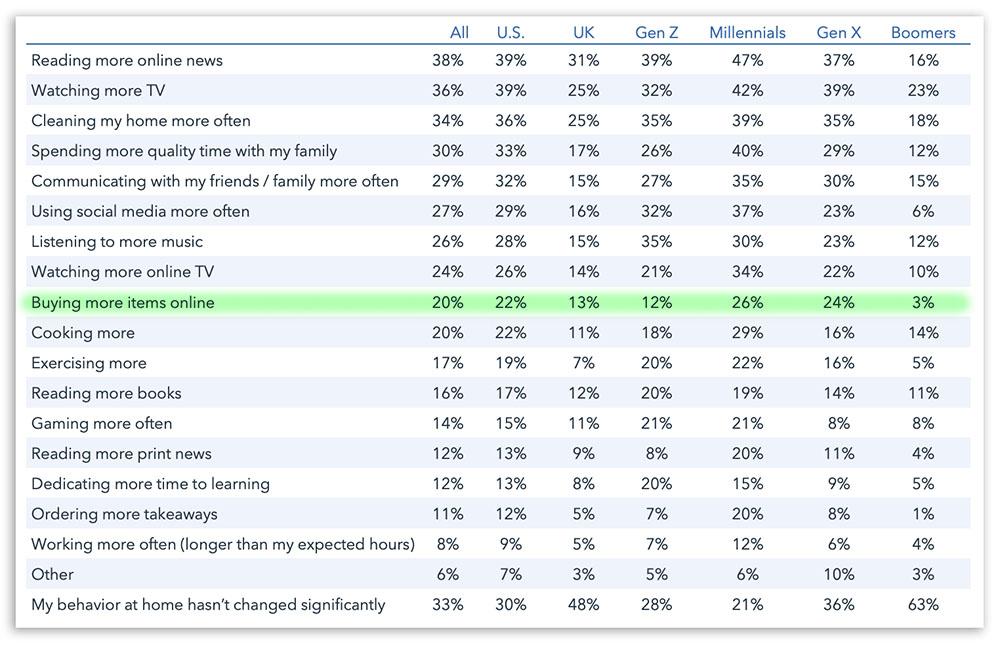
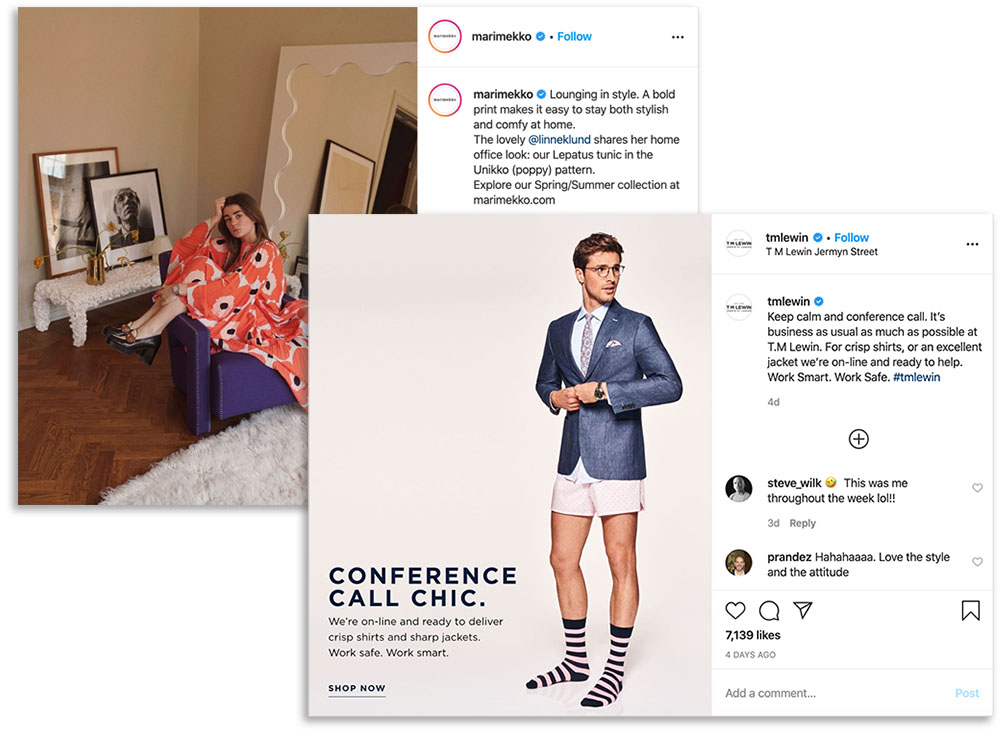
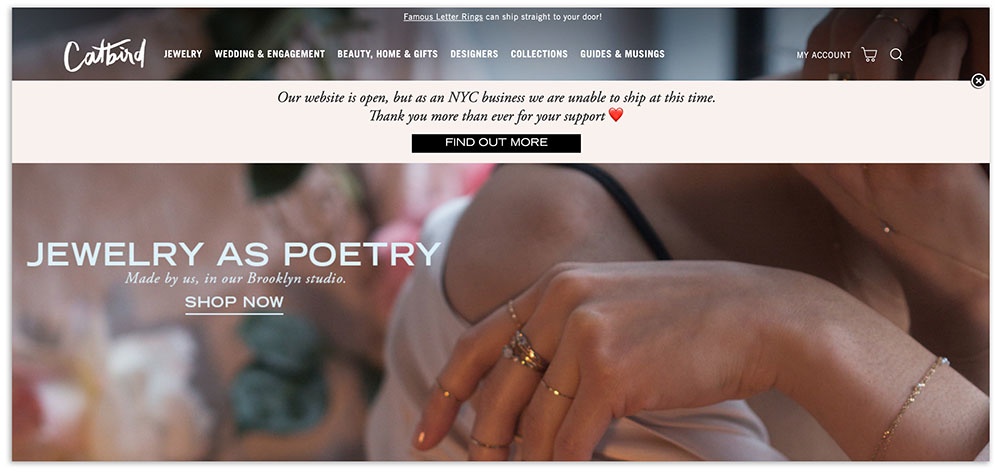
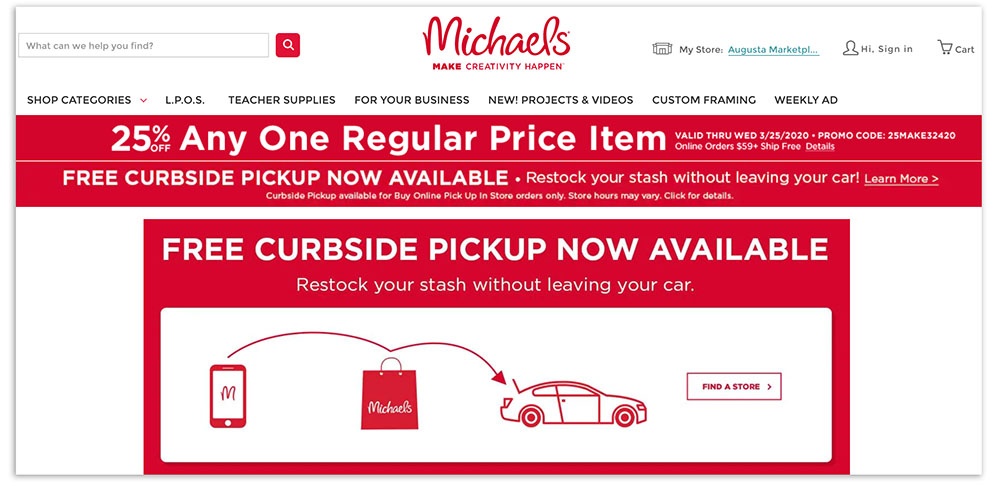
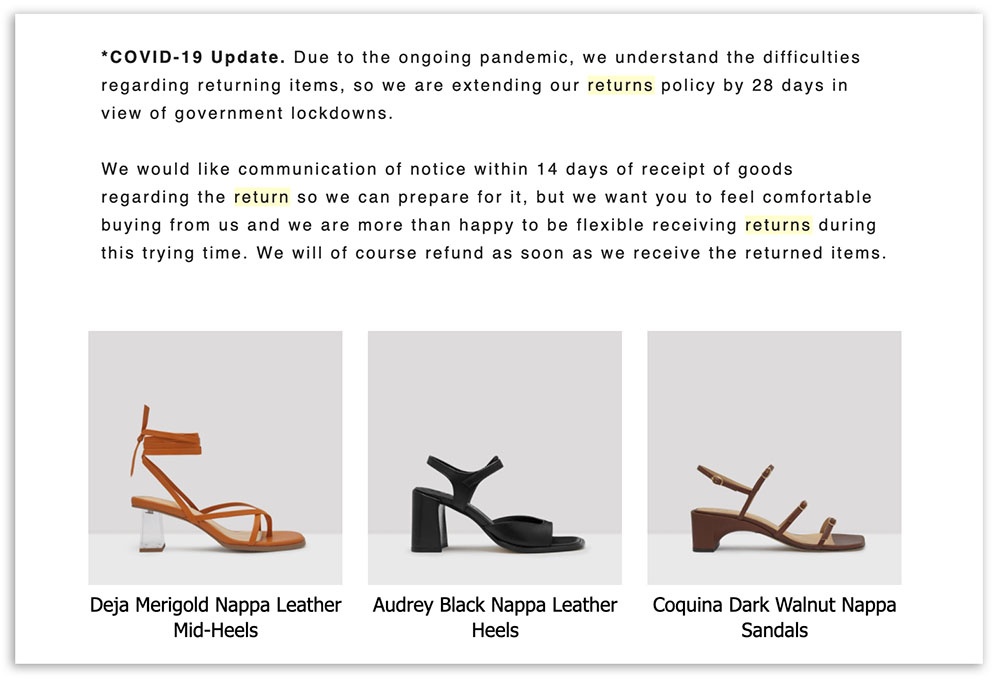
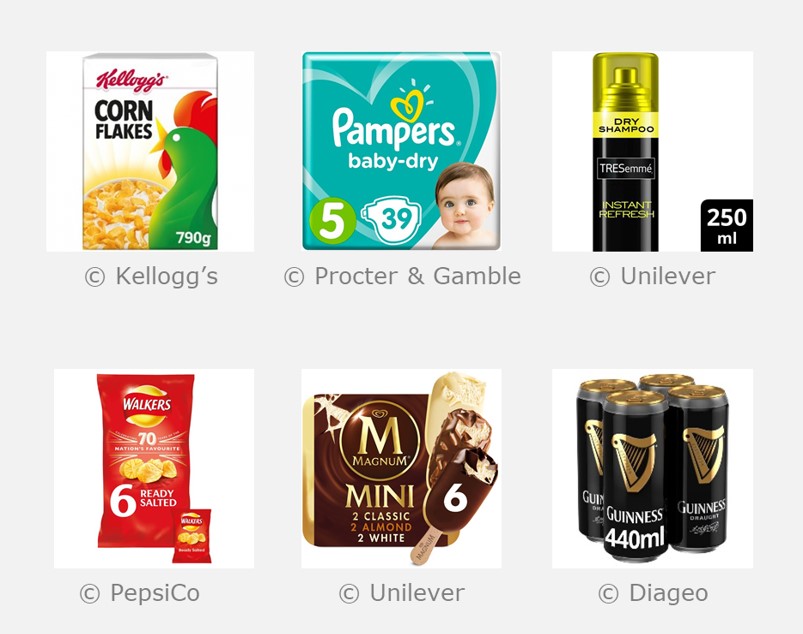
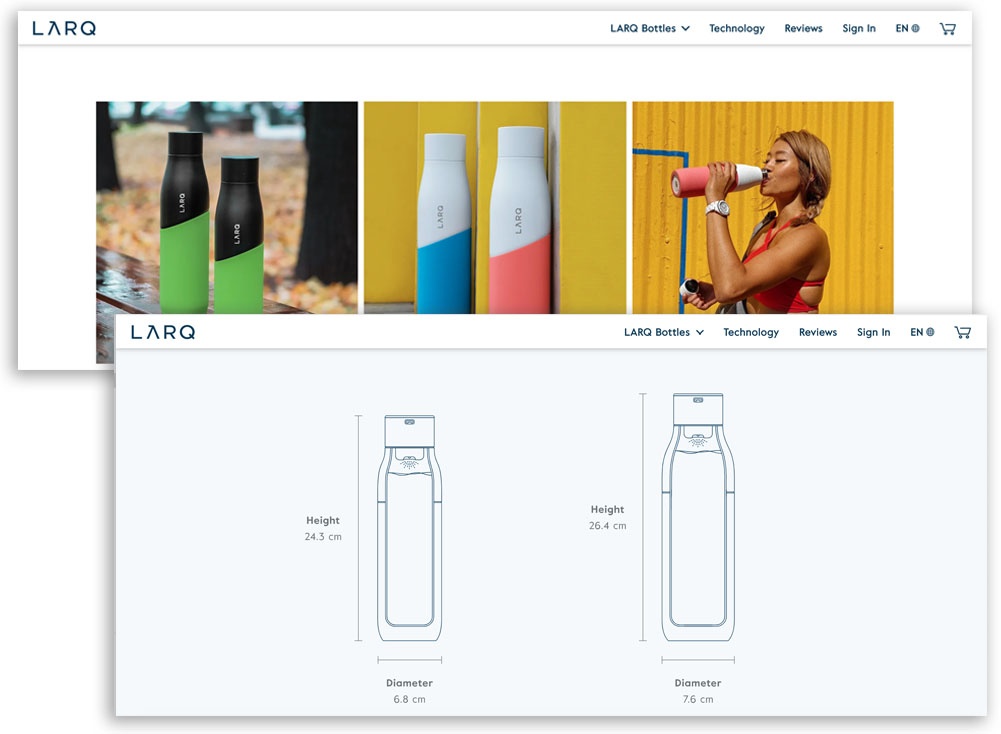
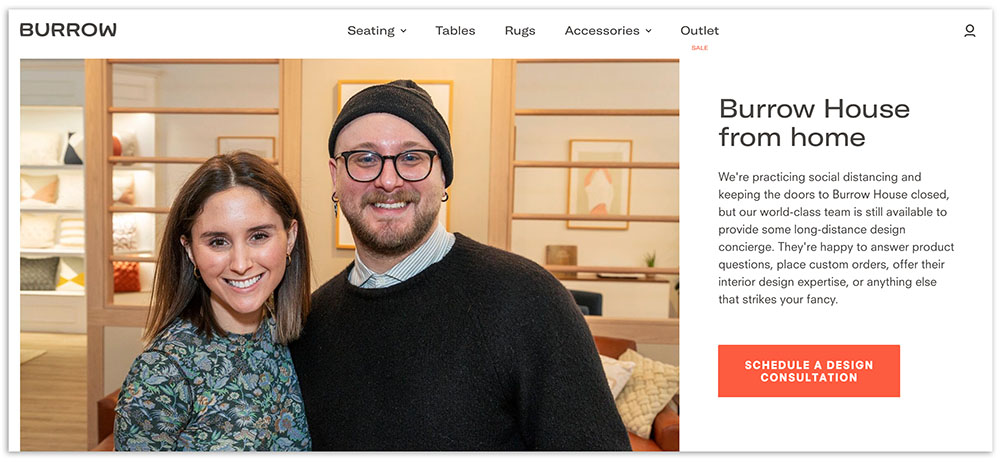
Recent Comments